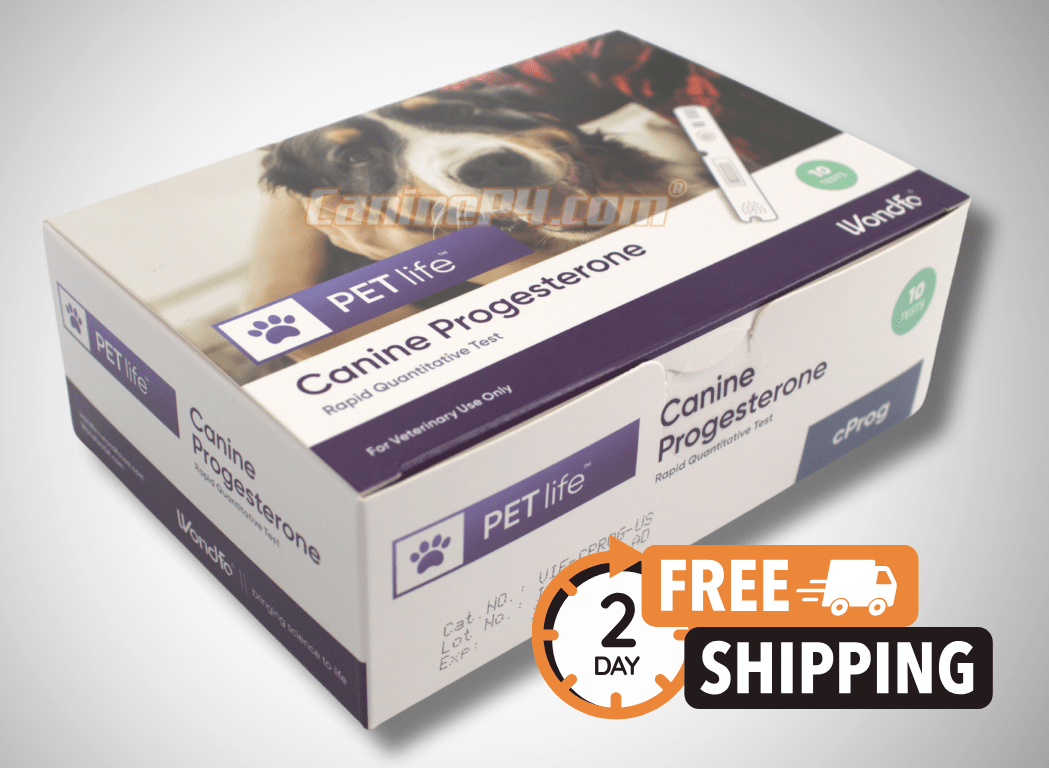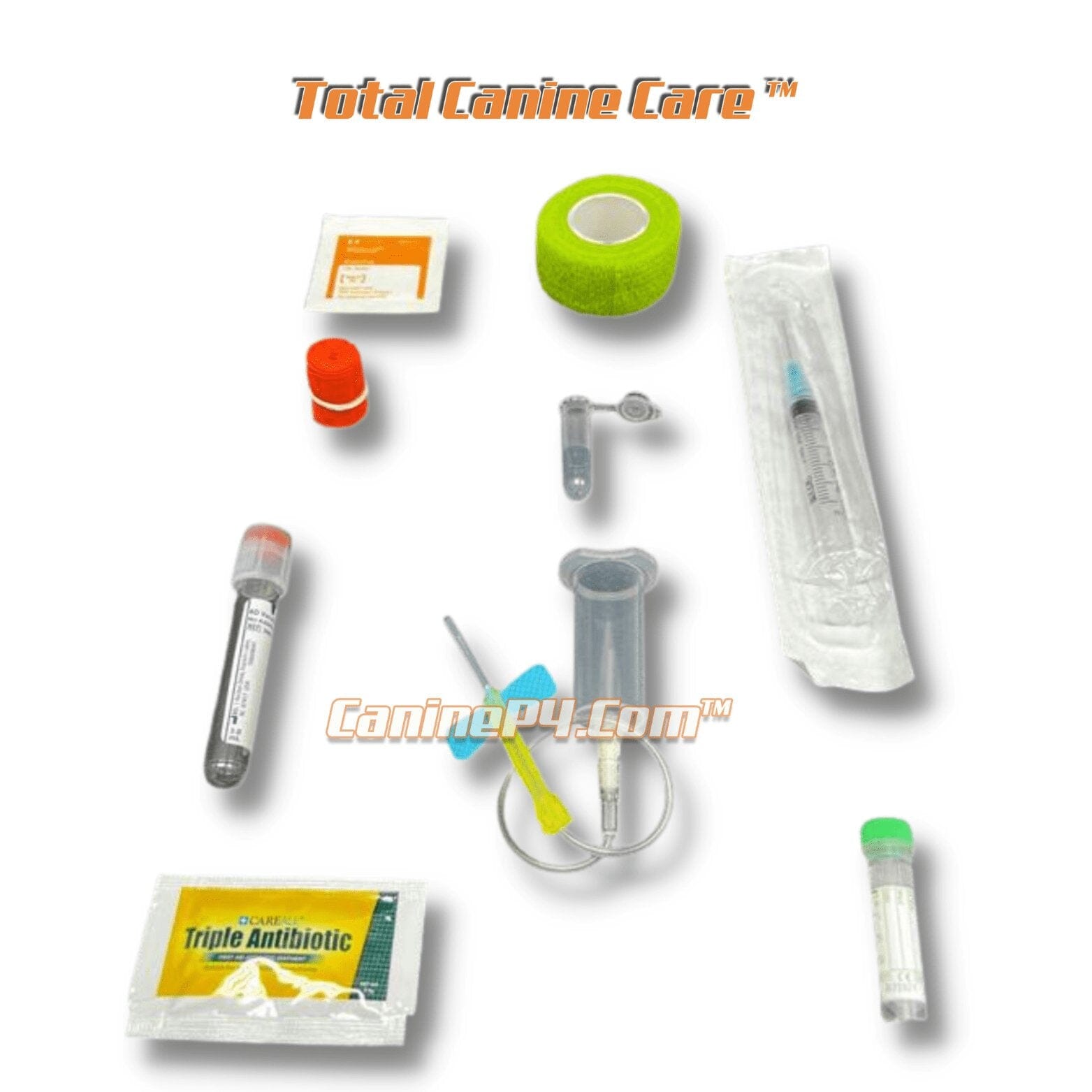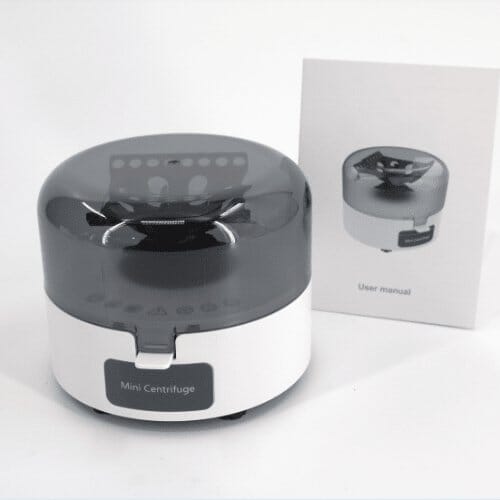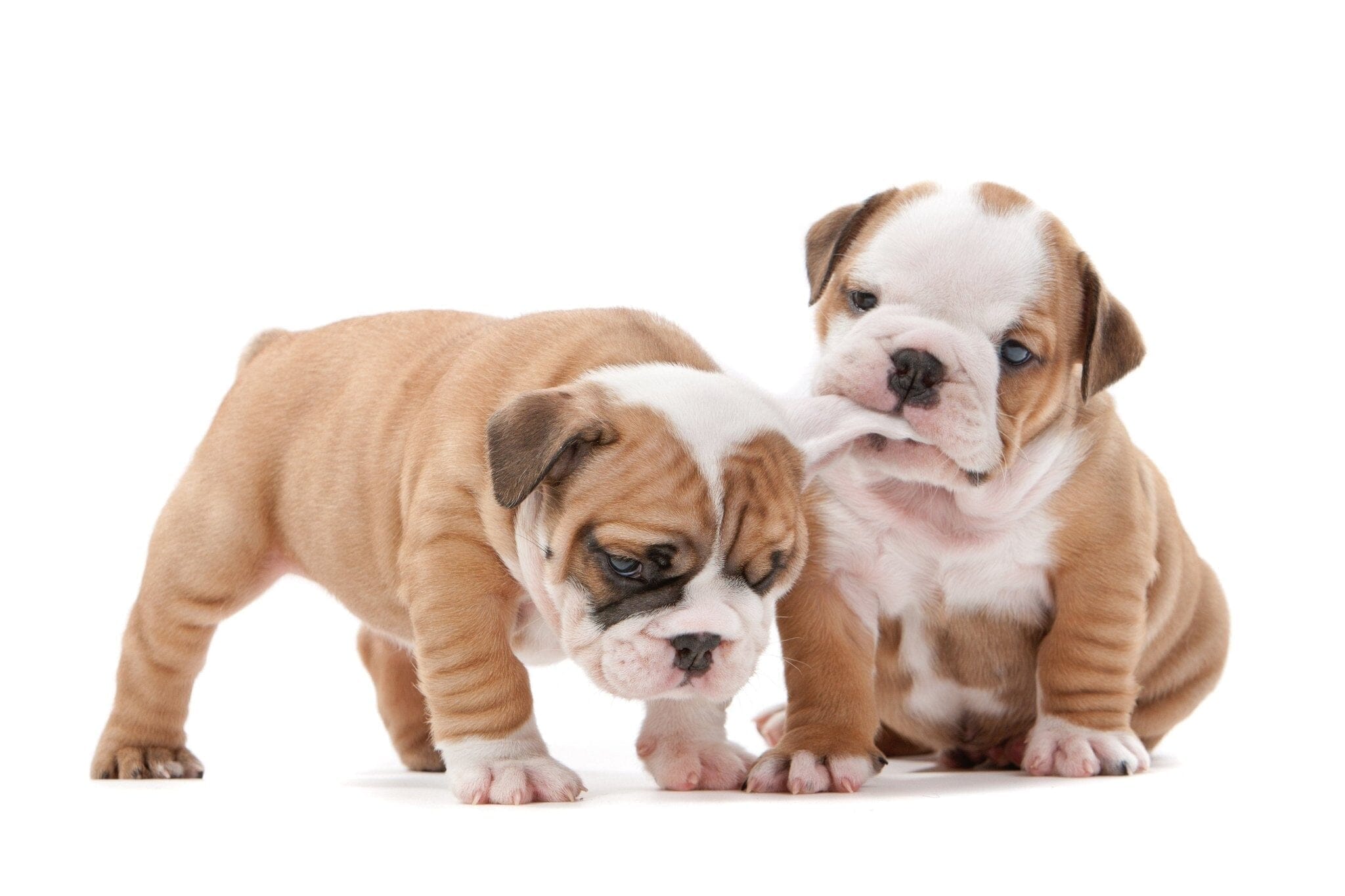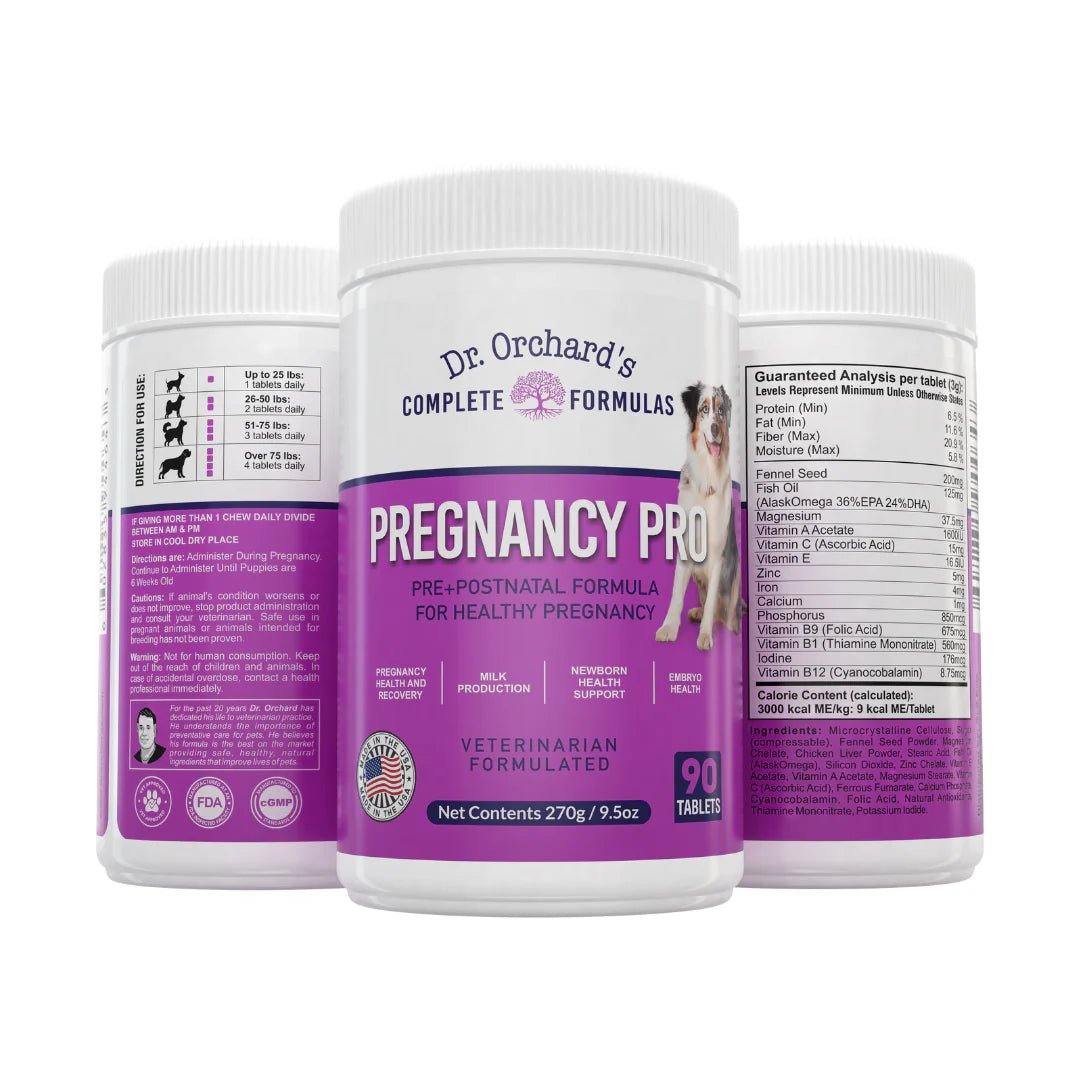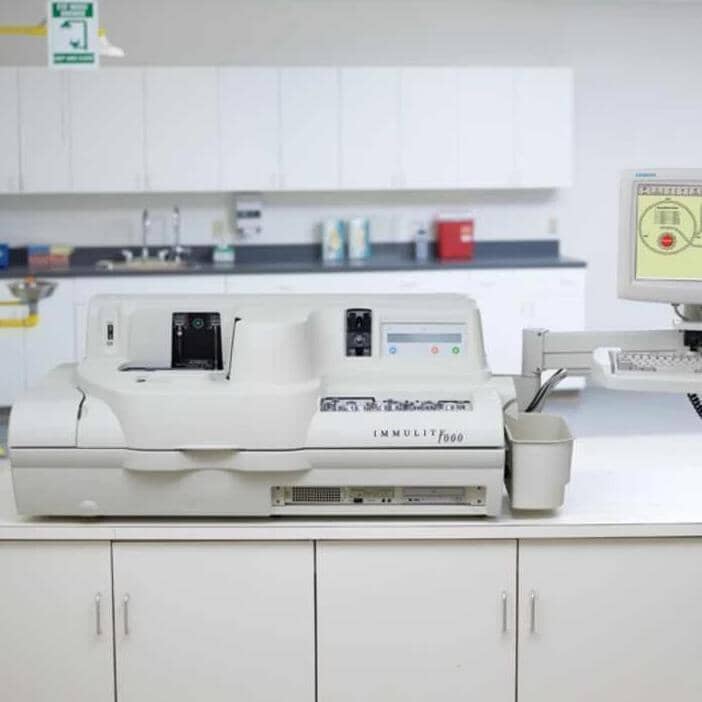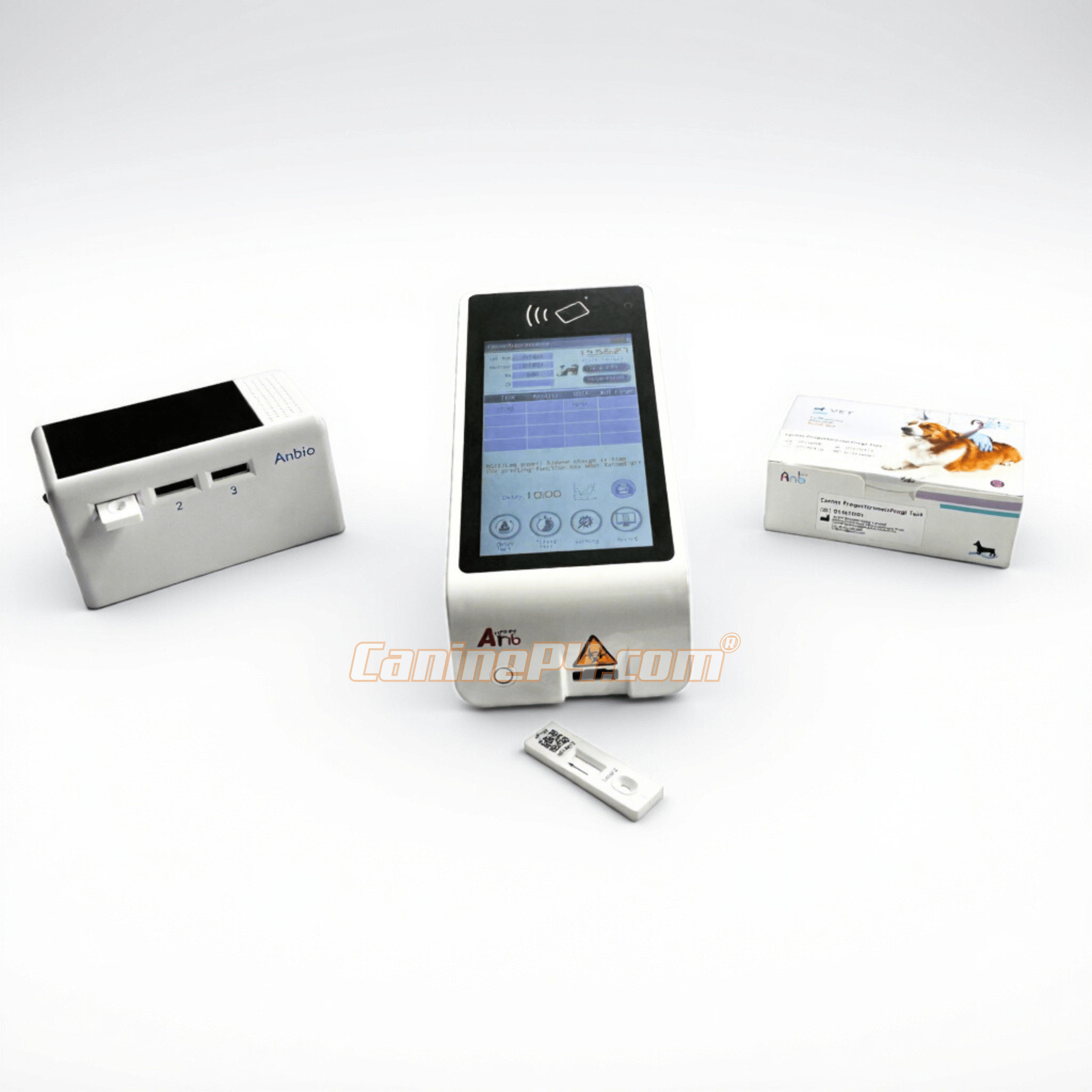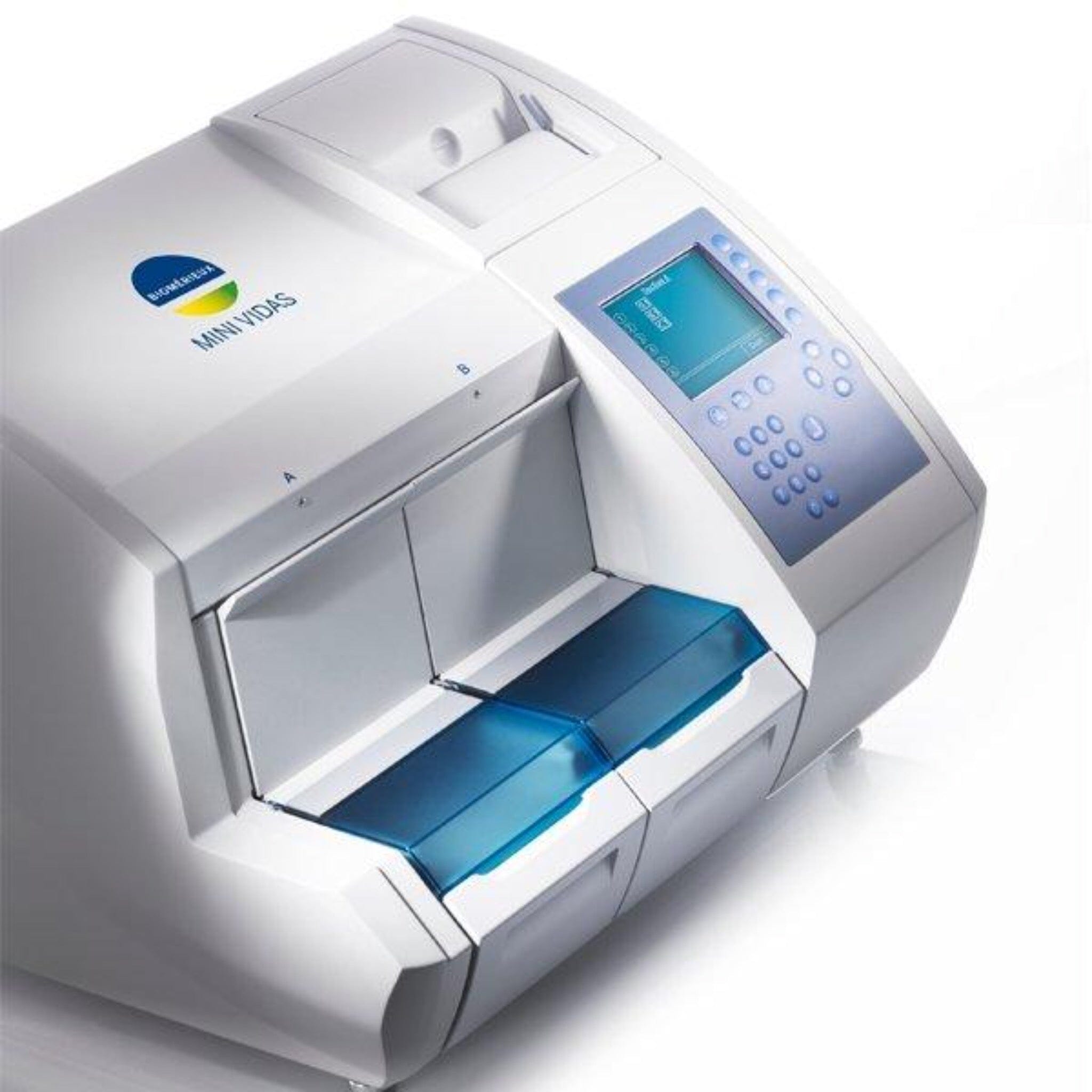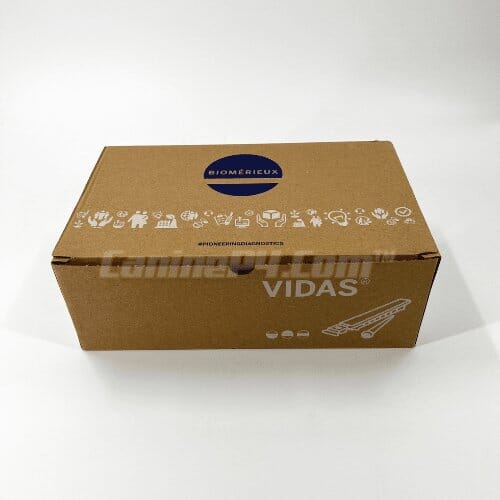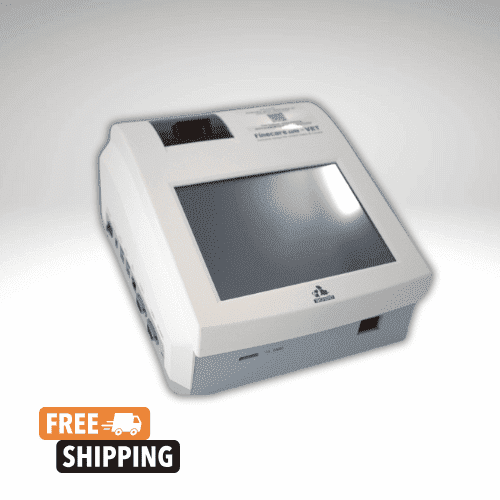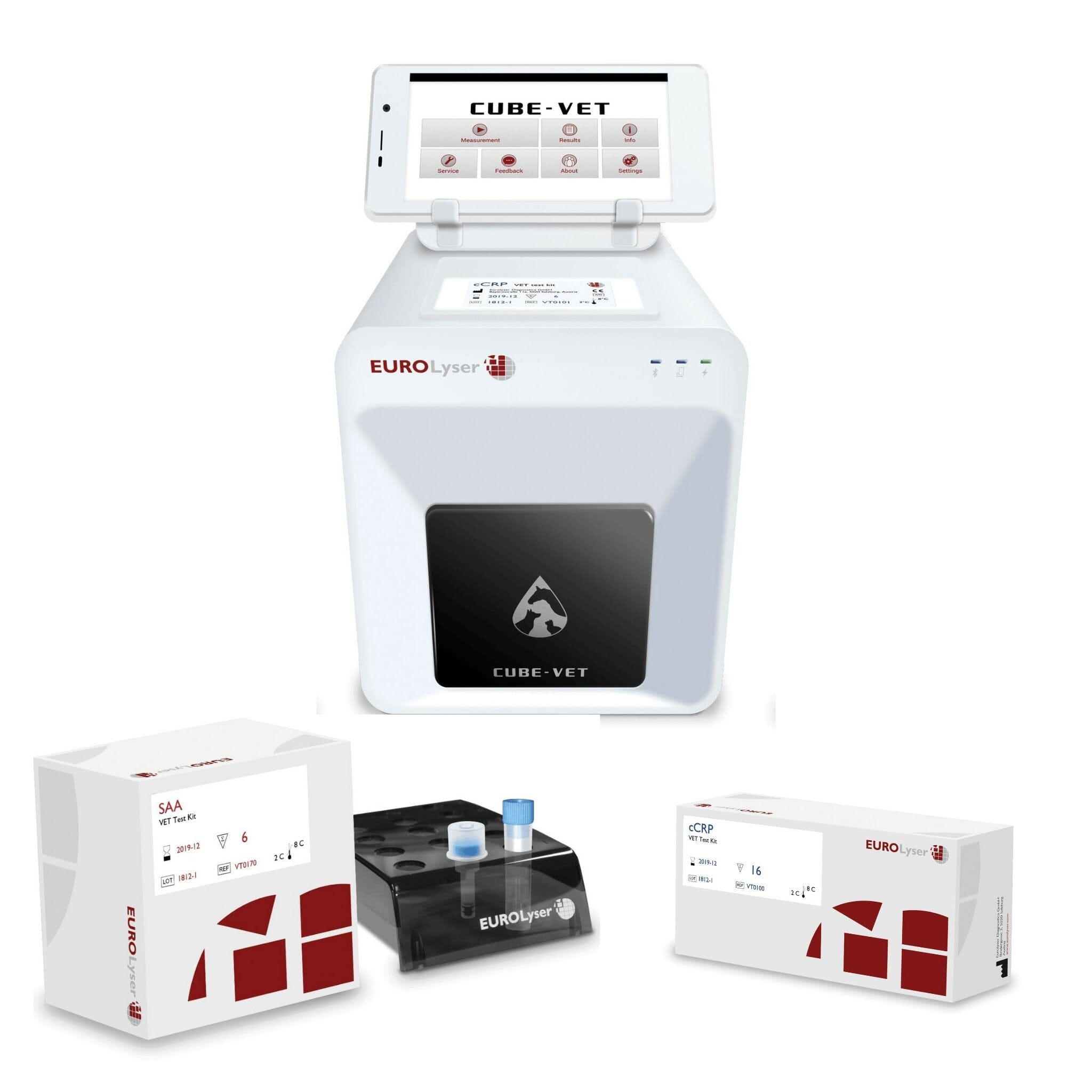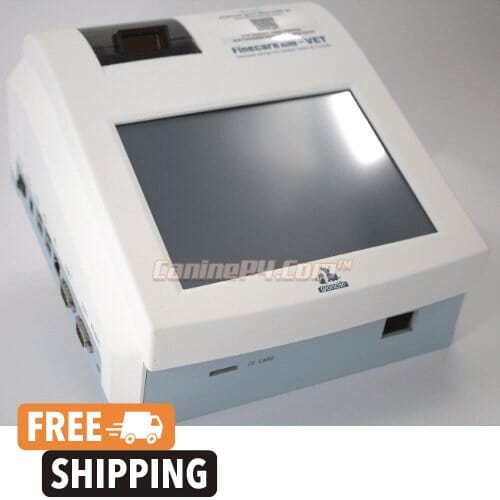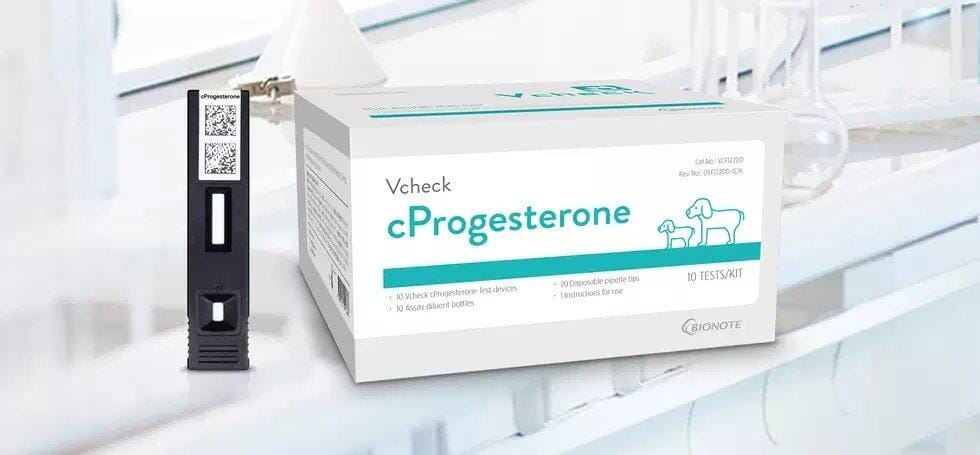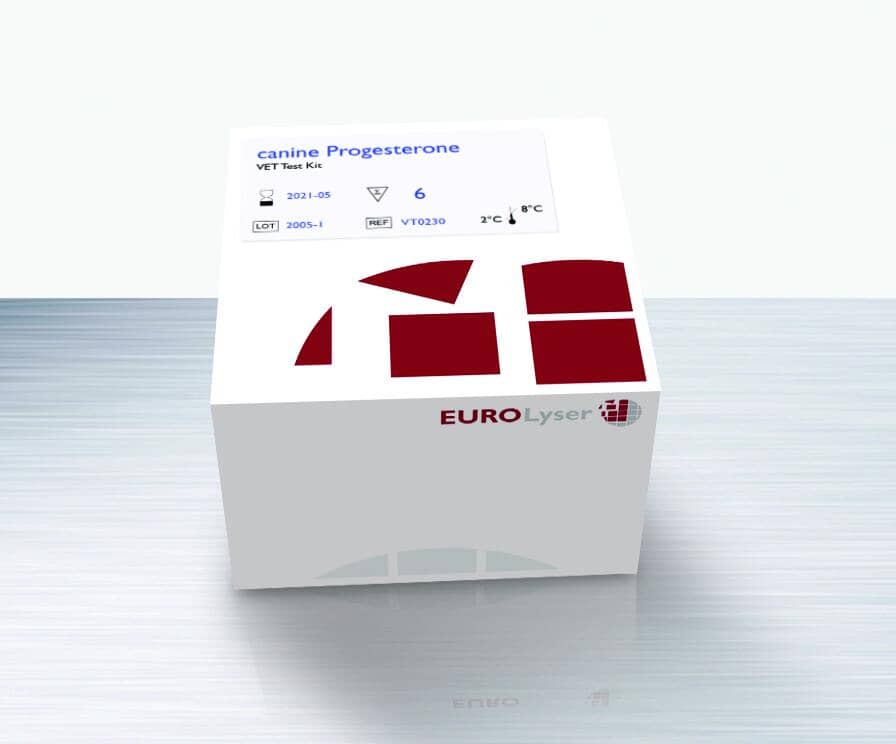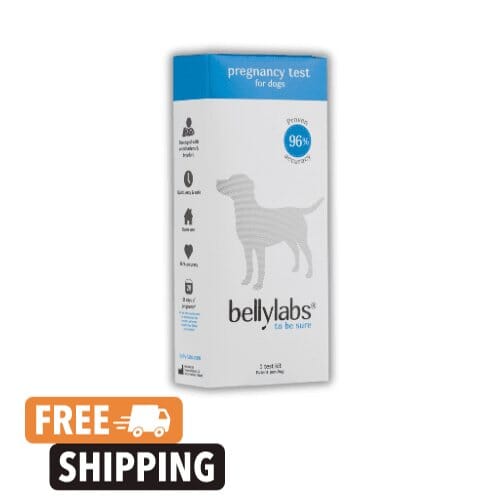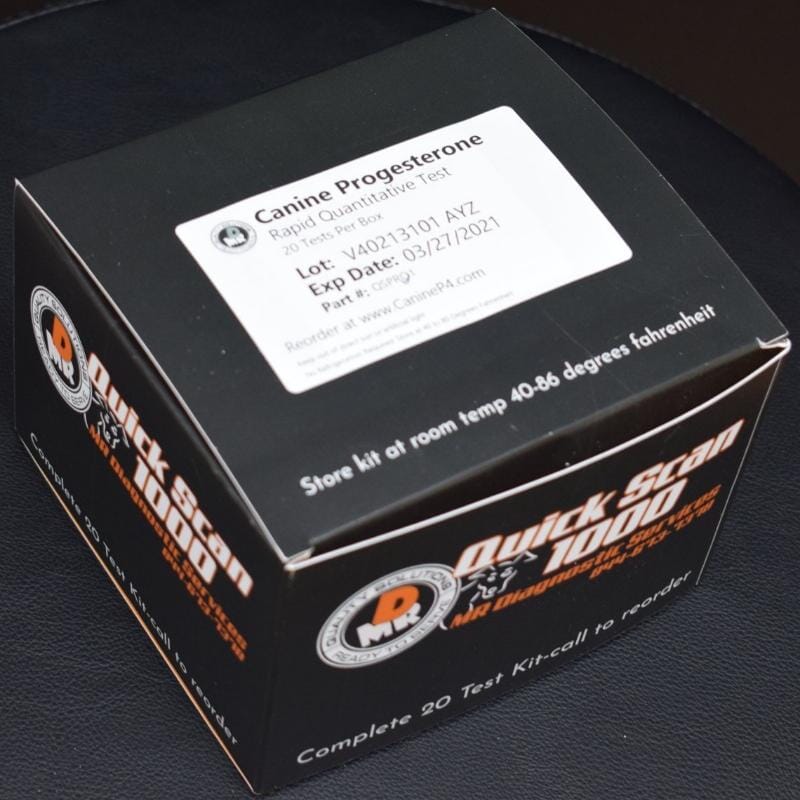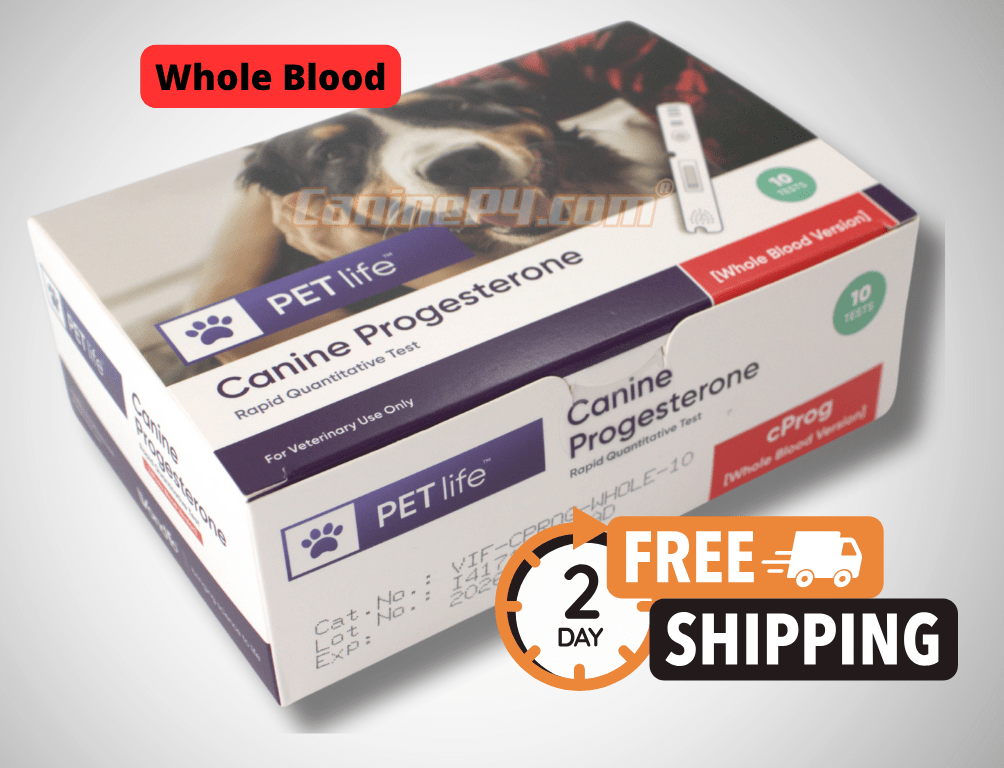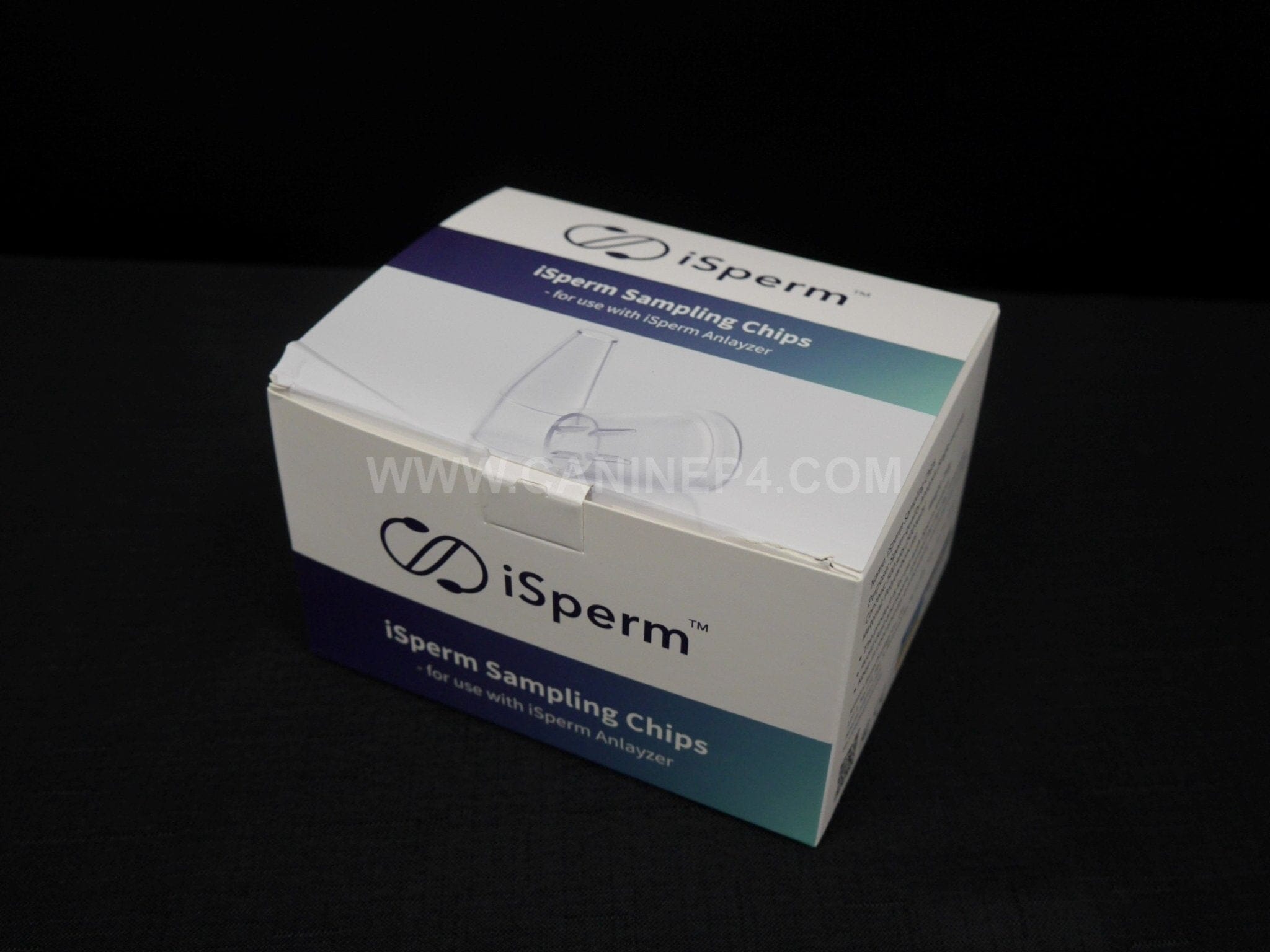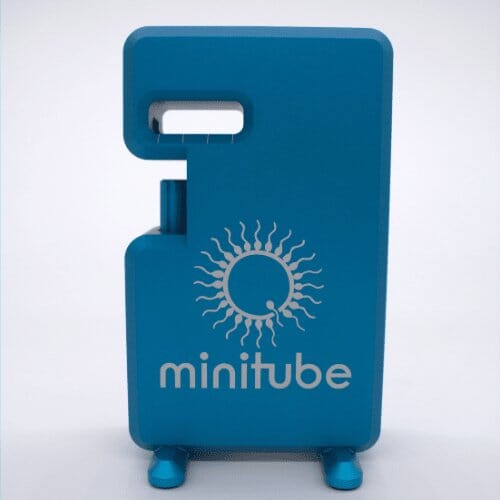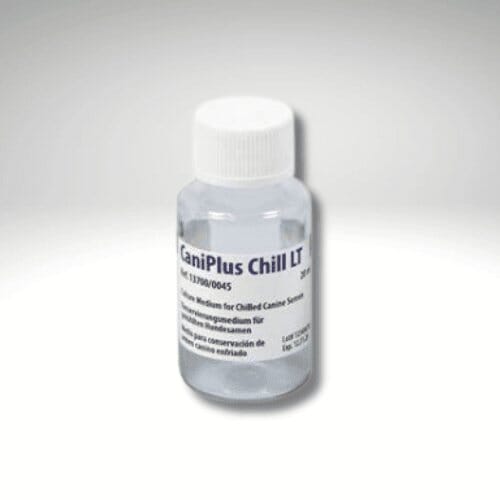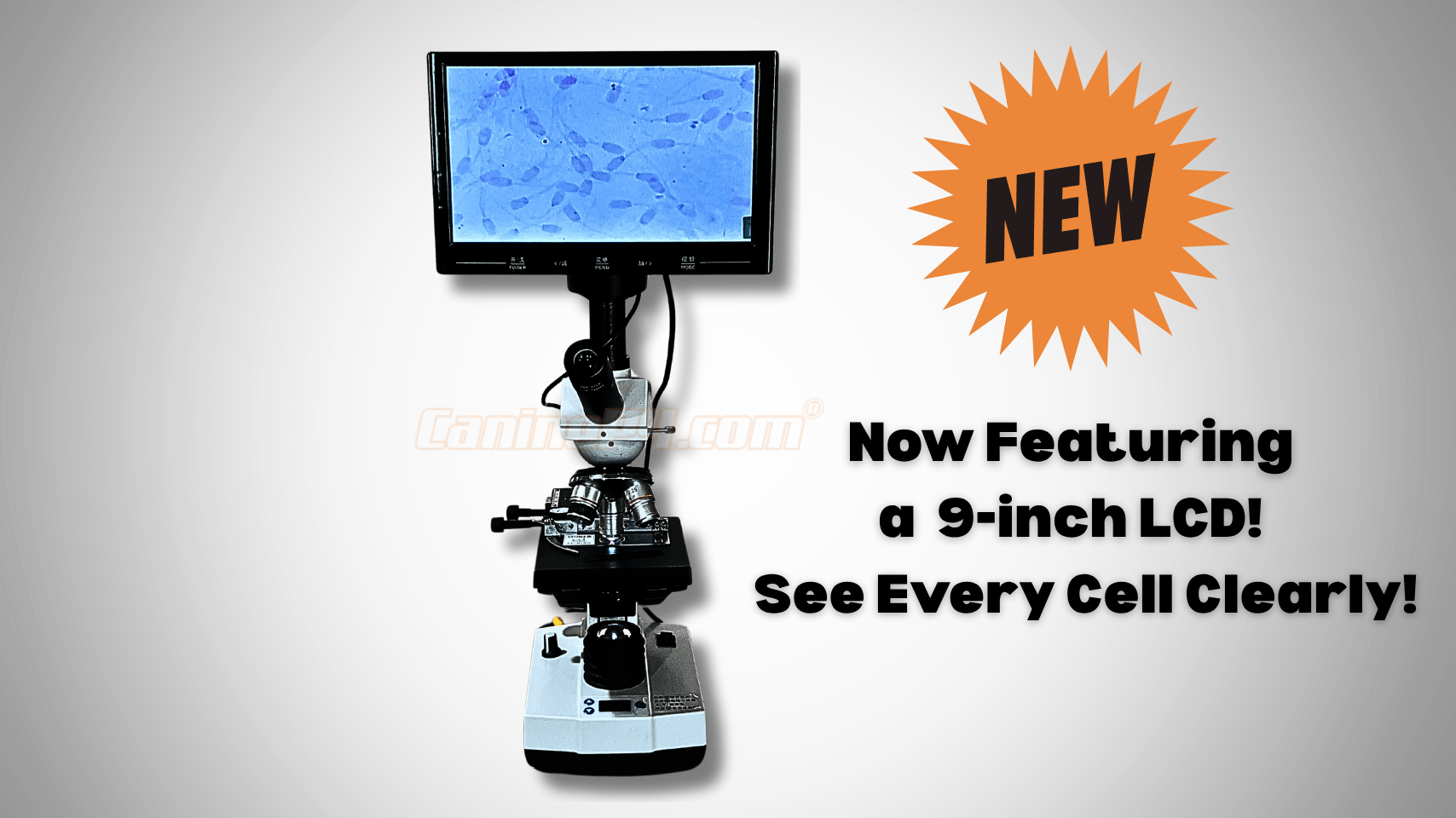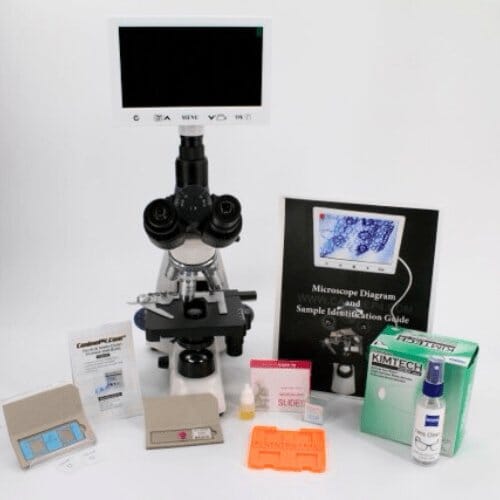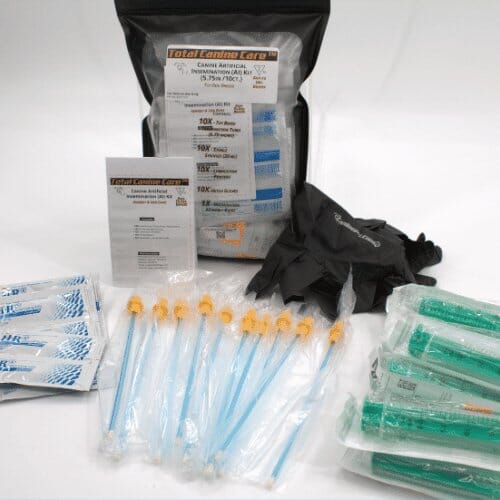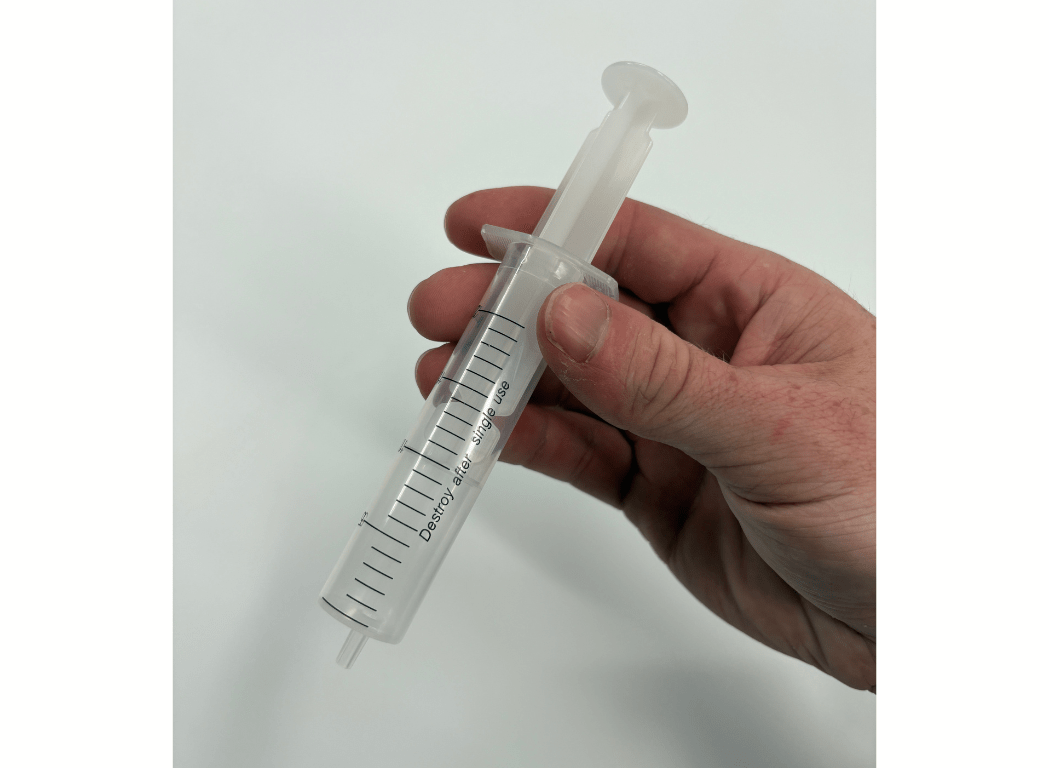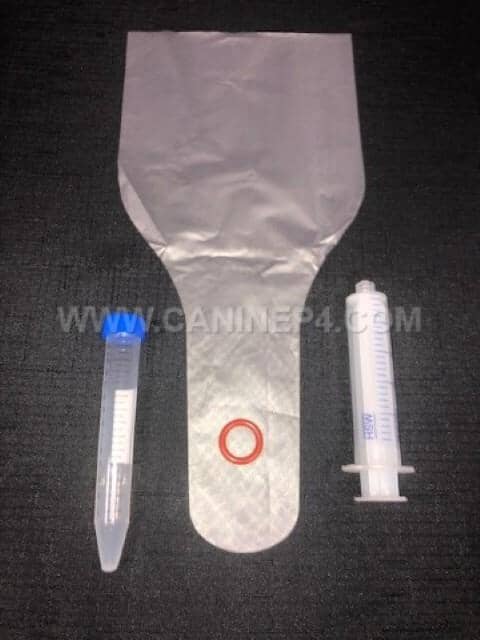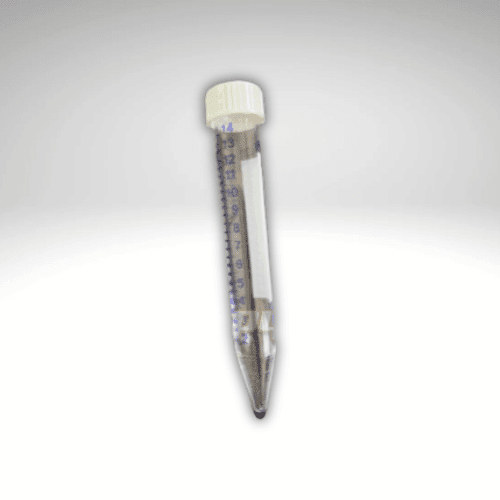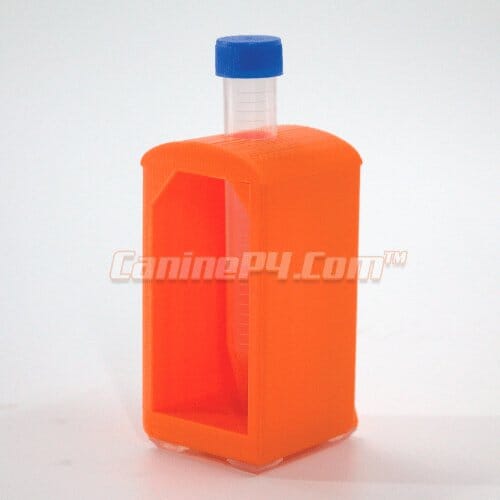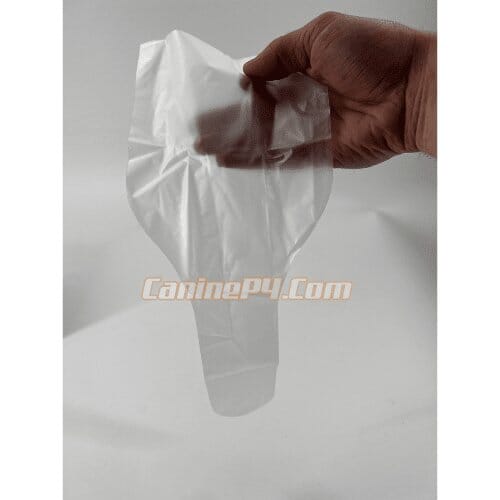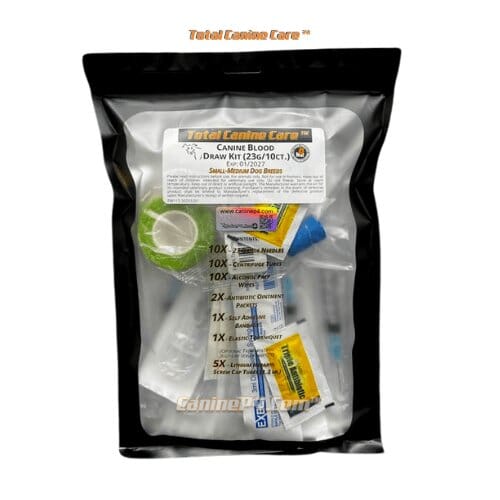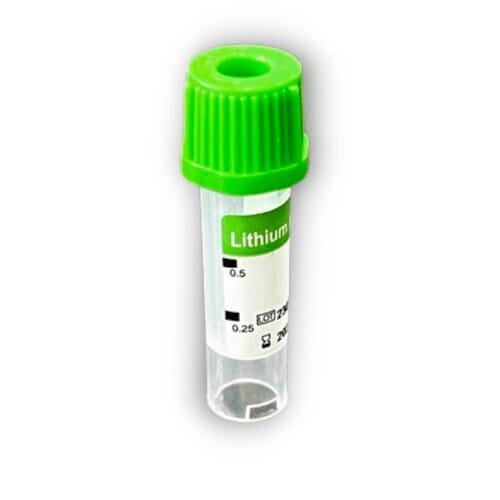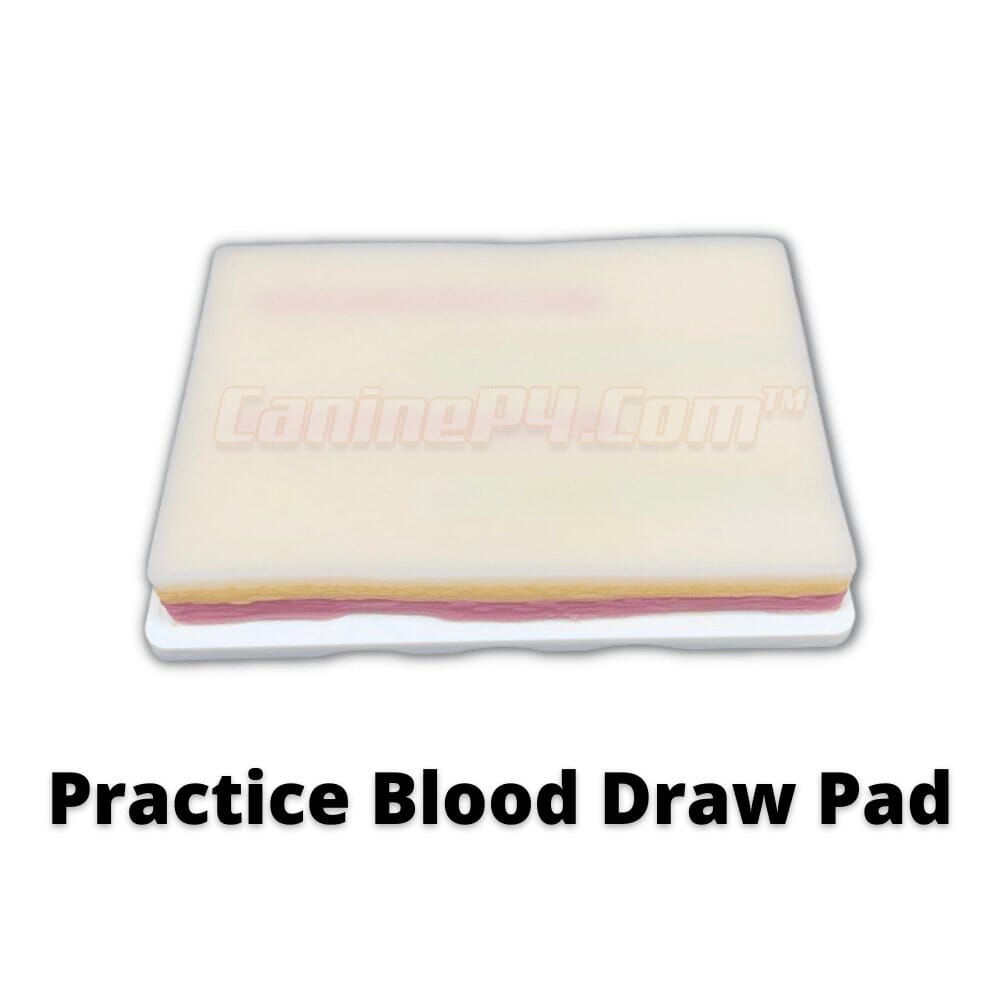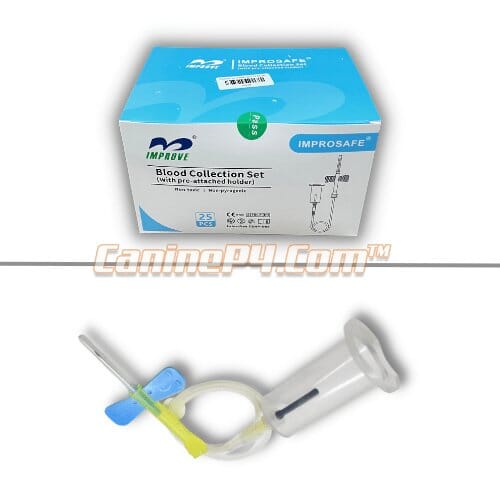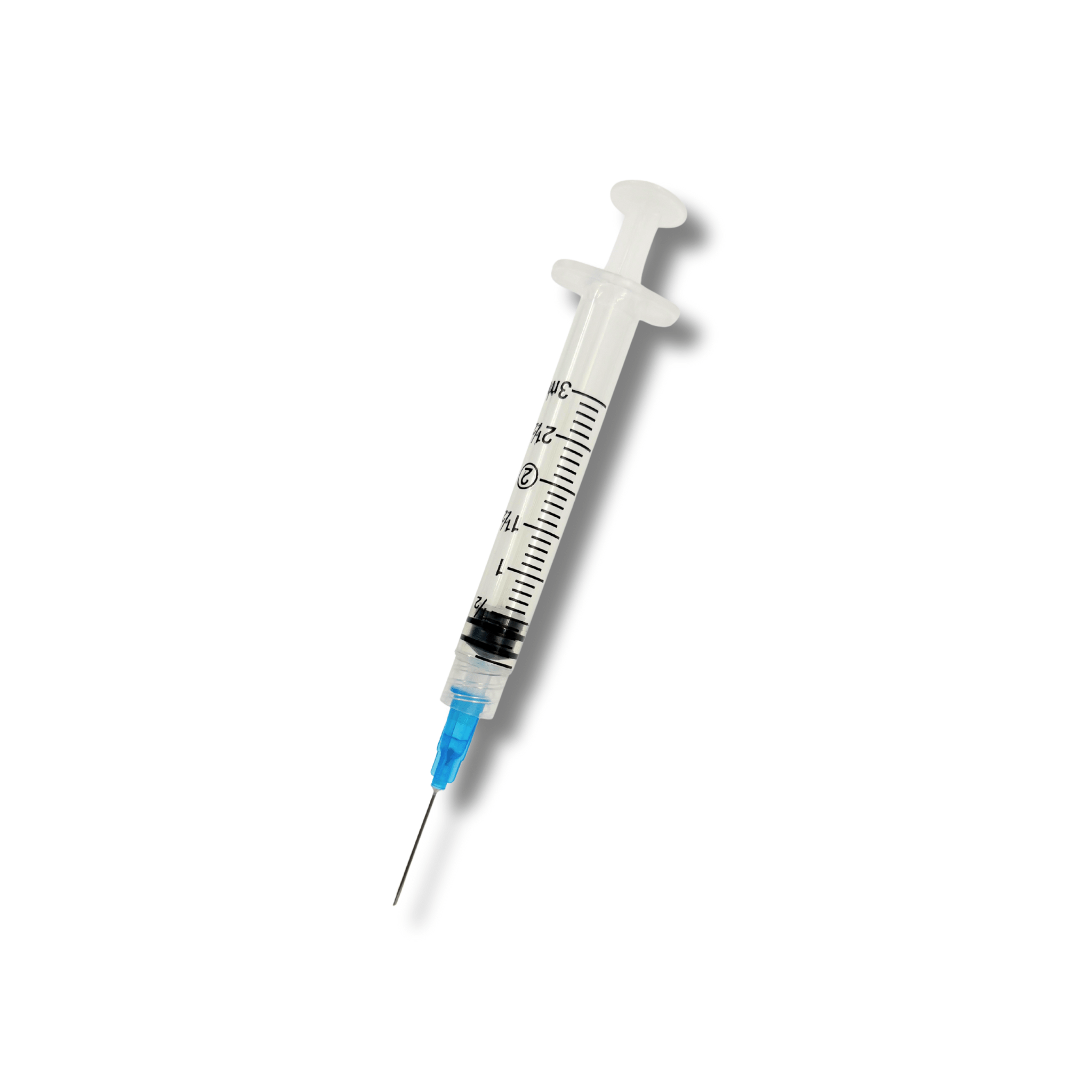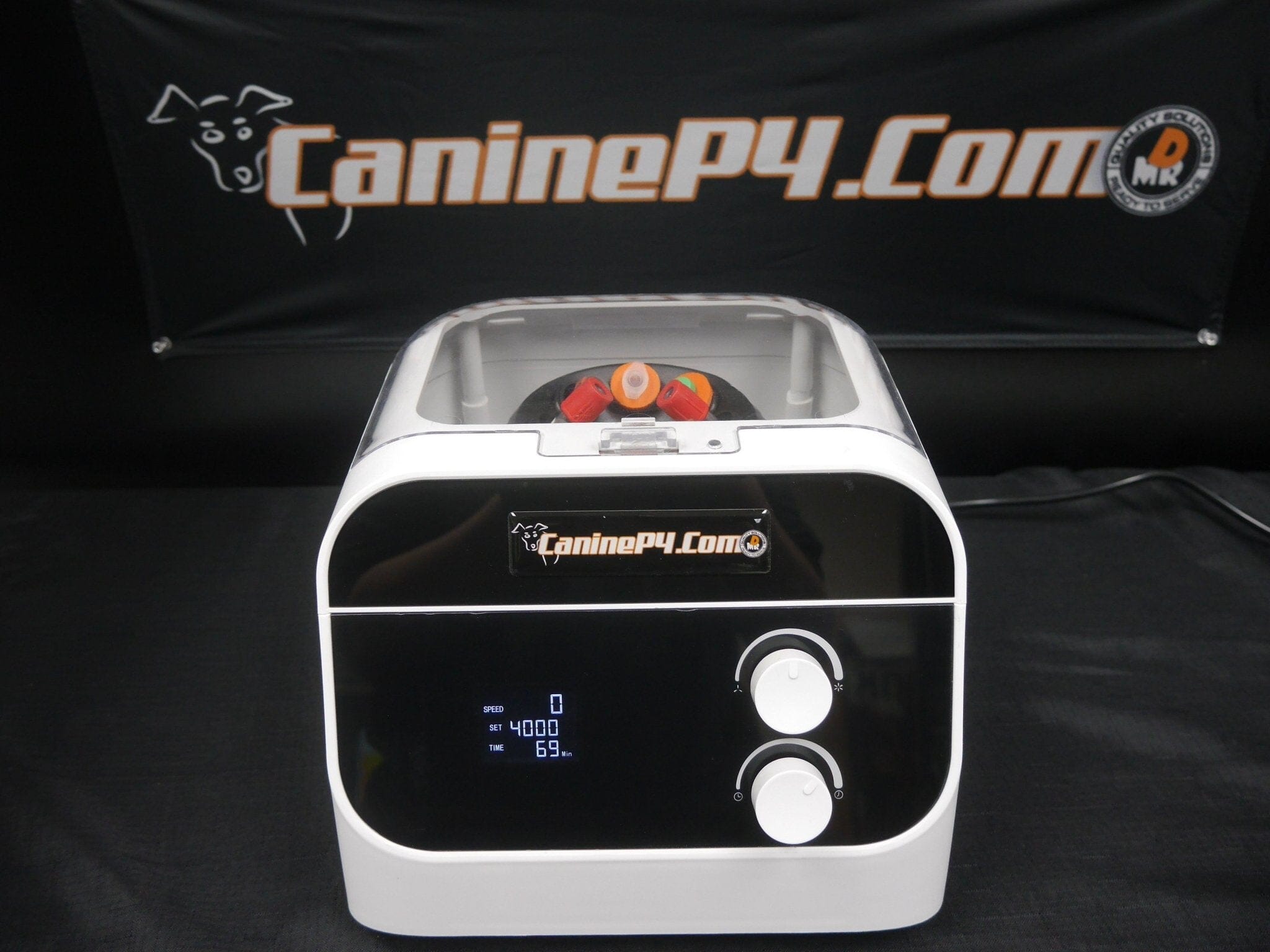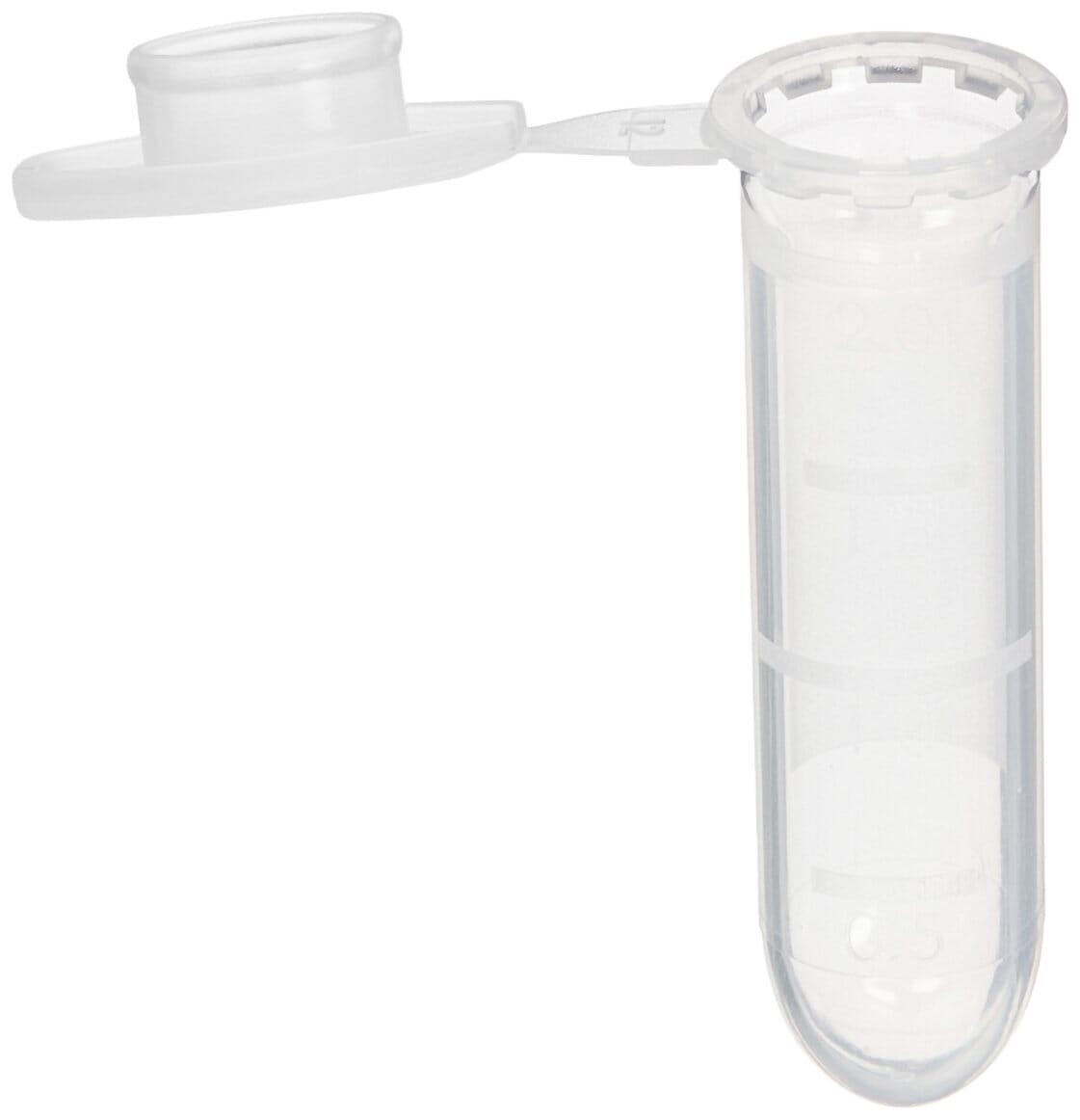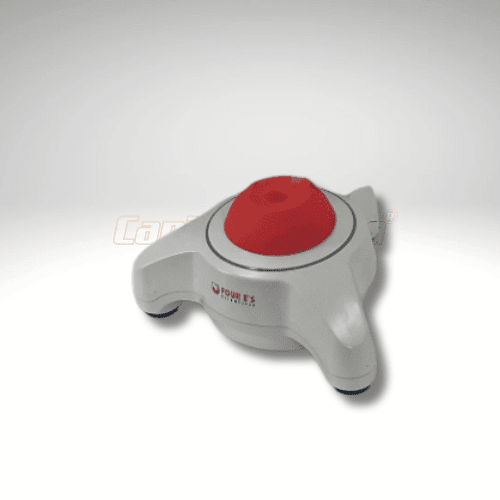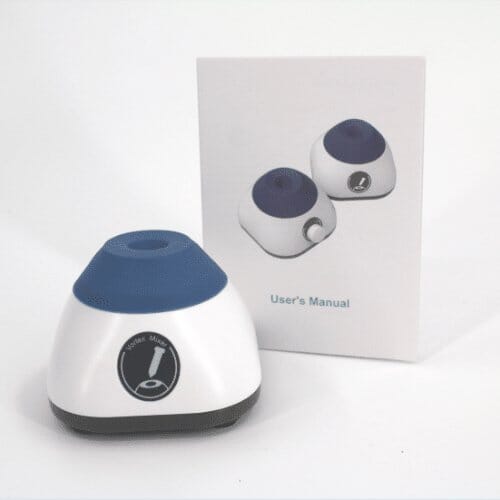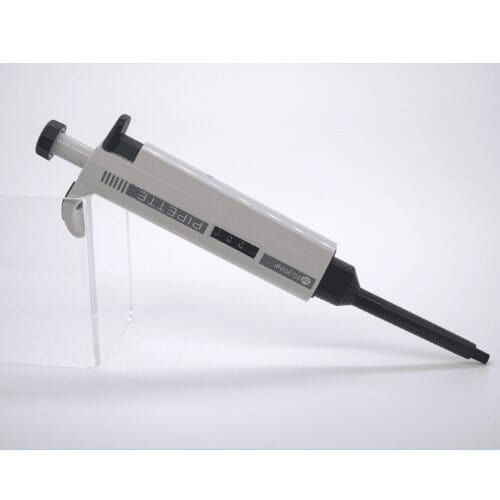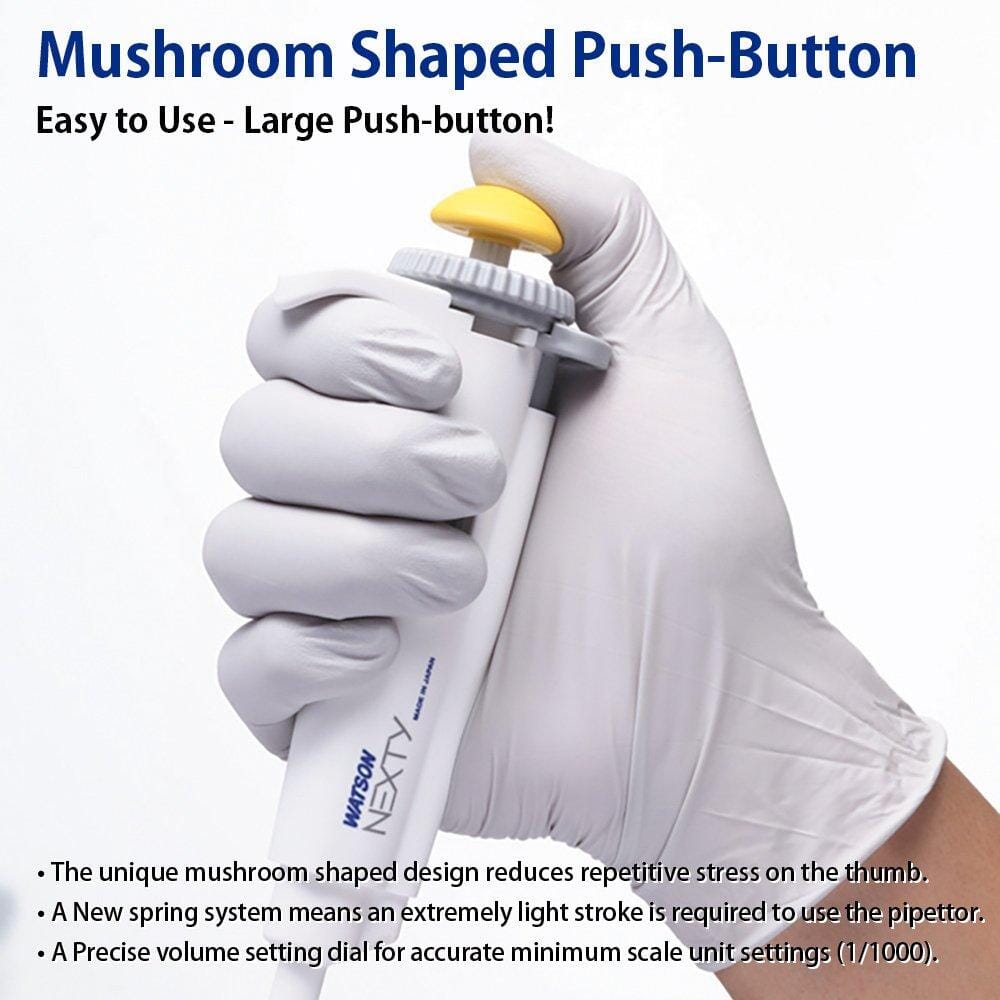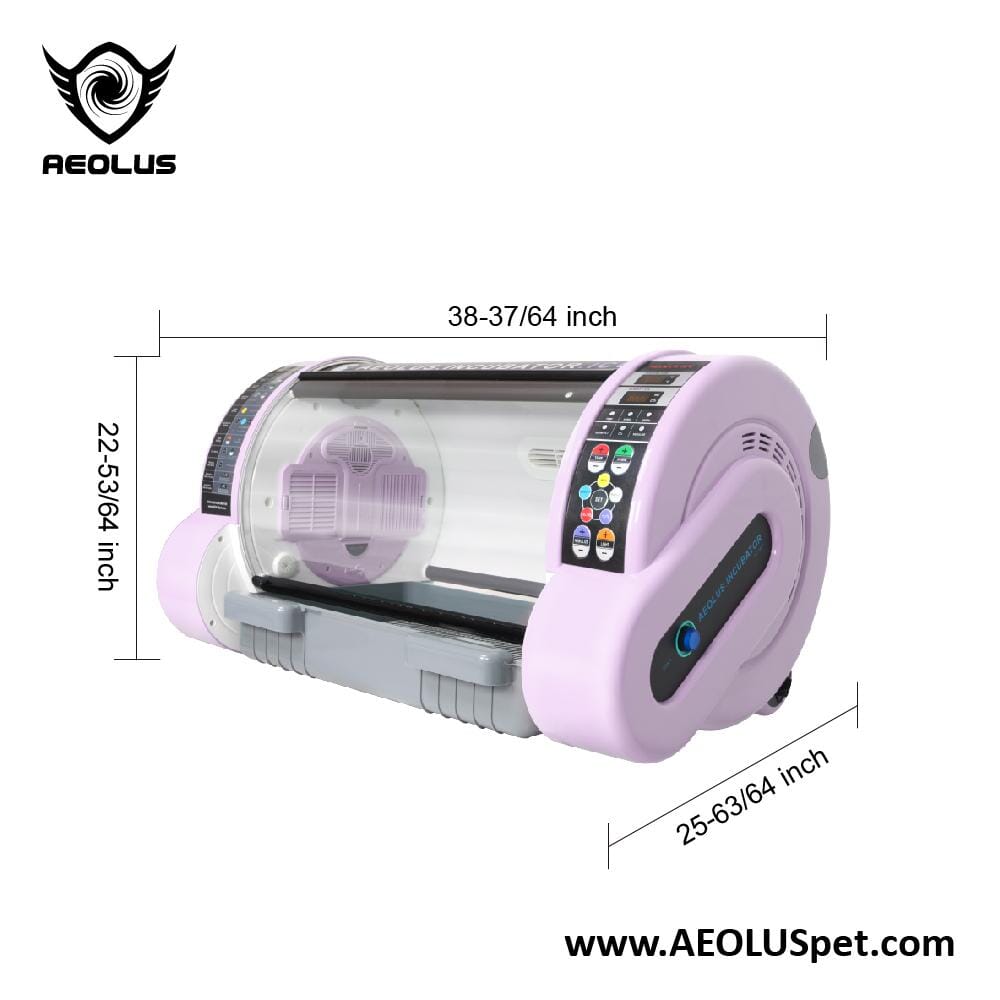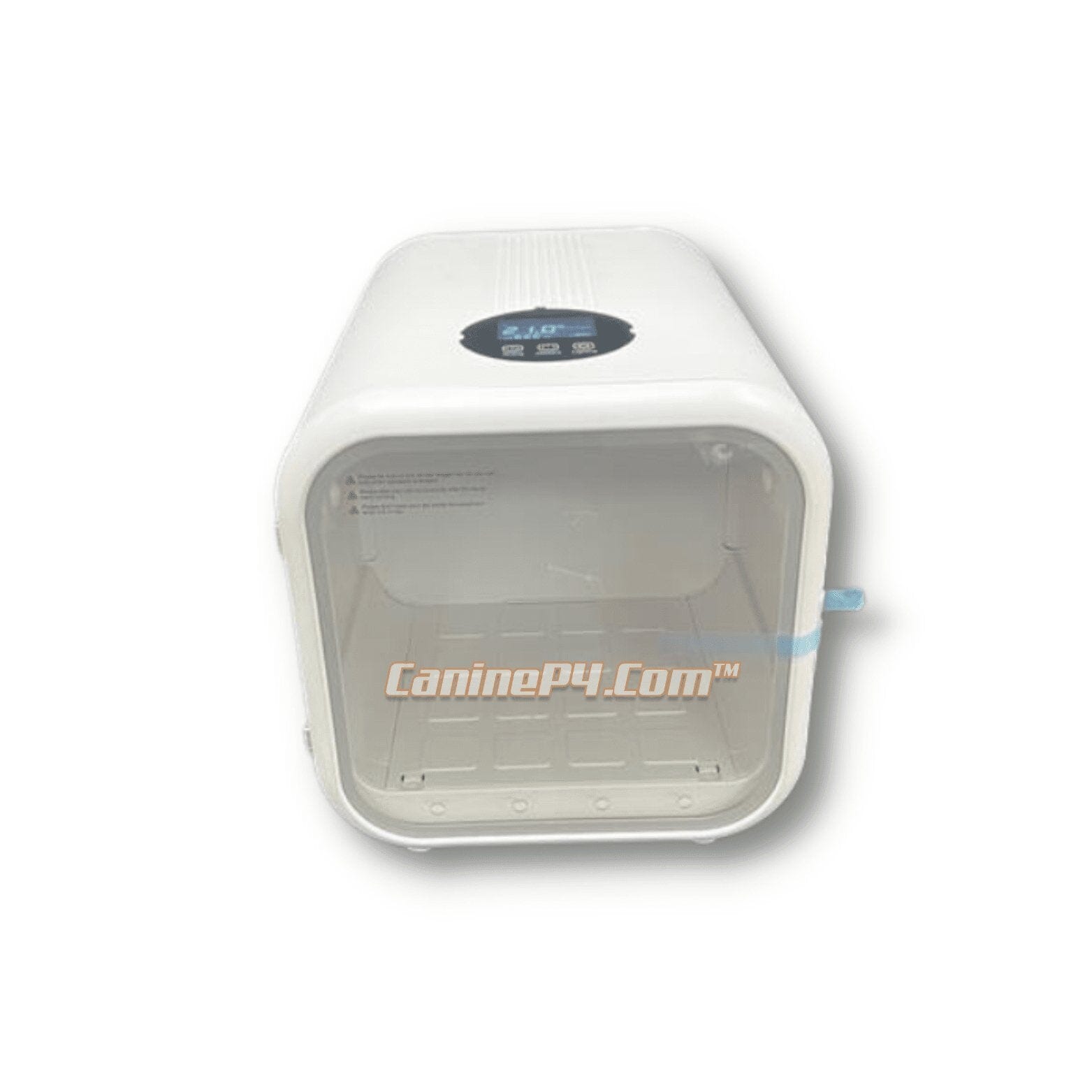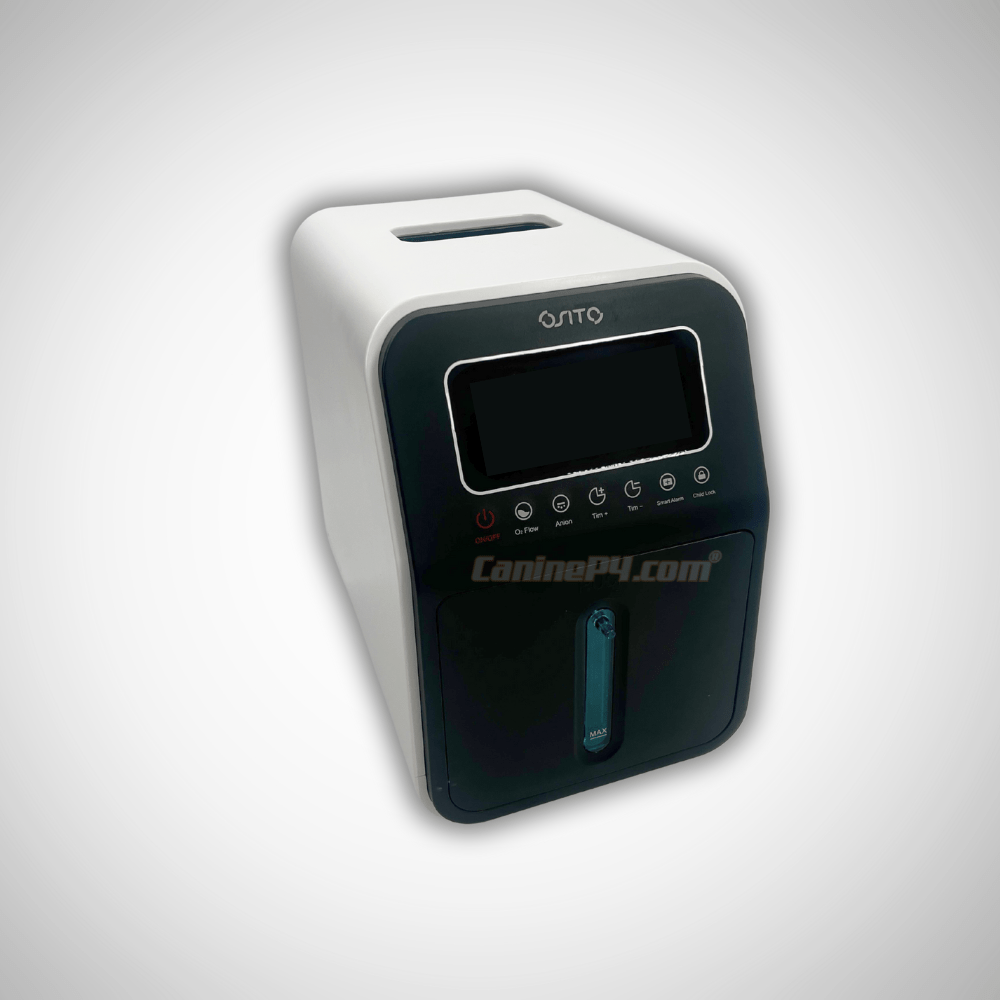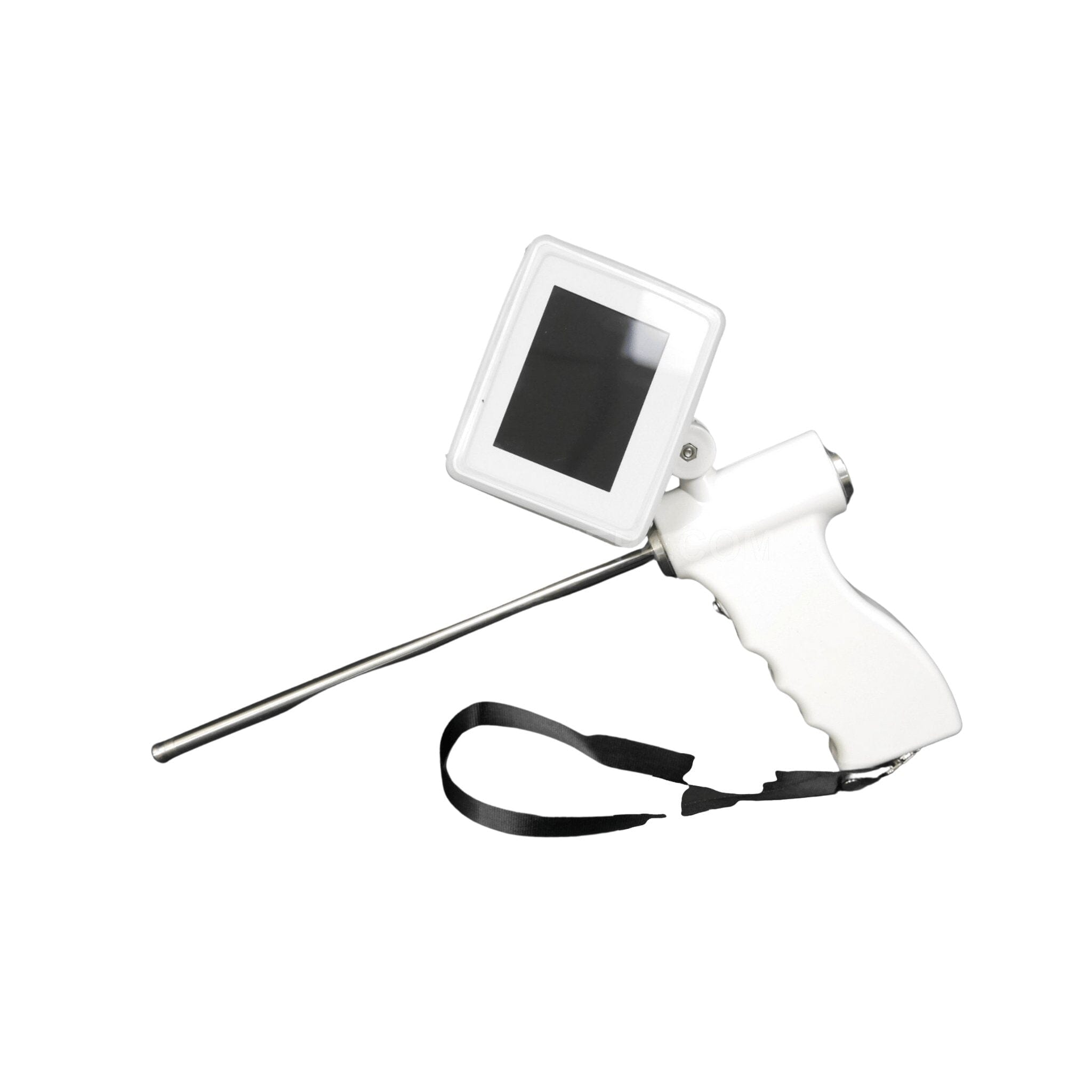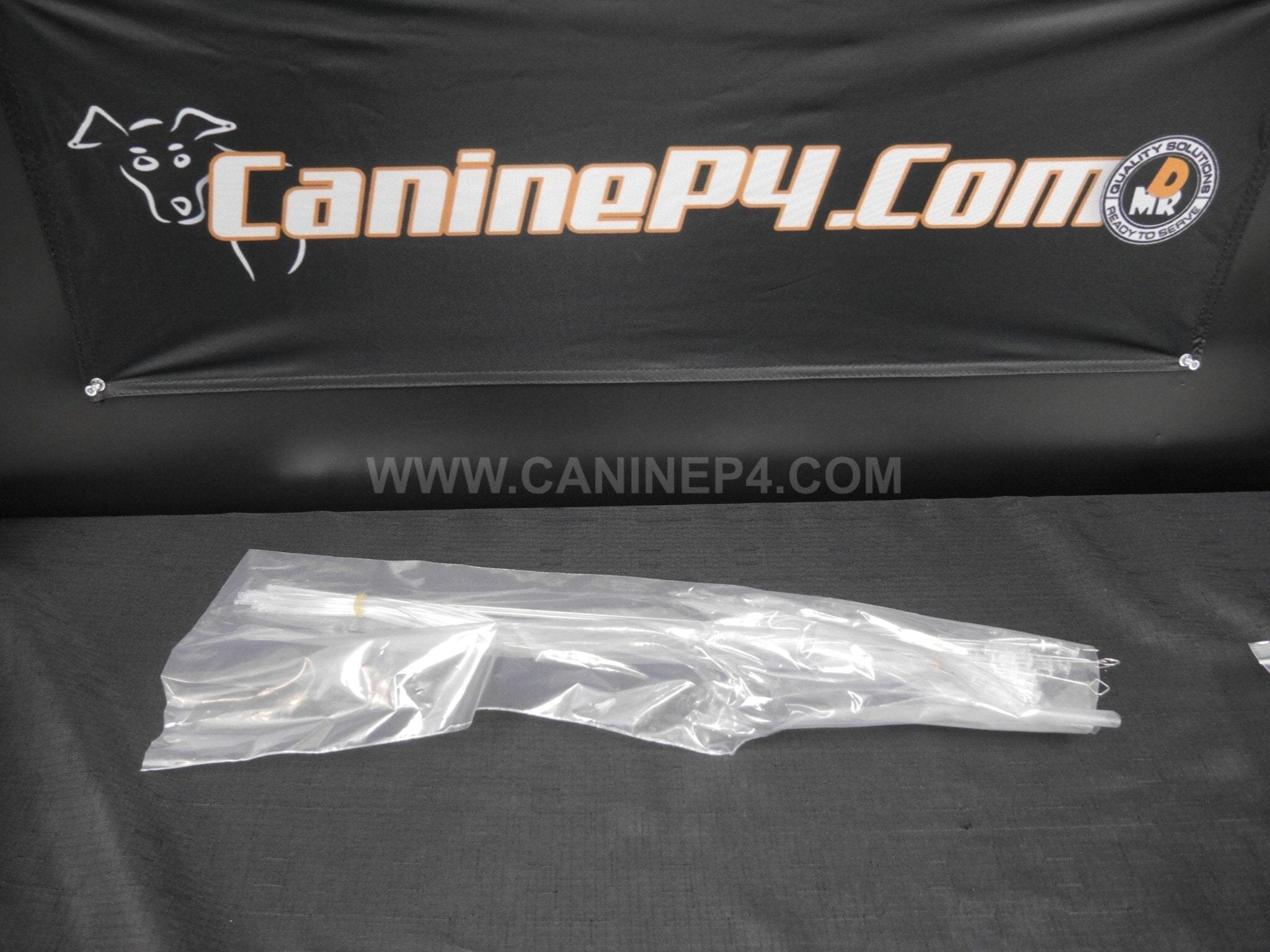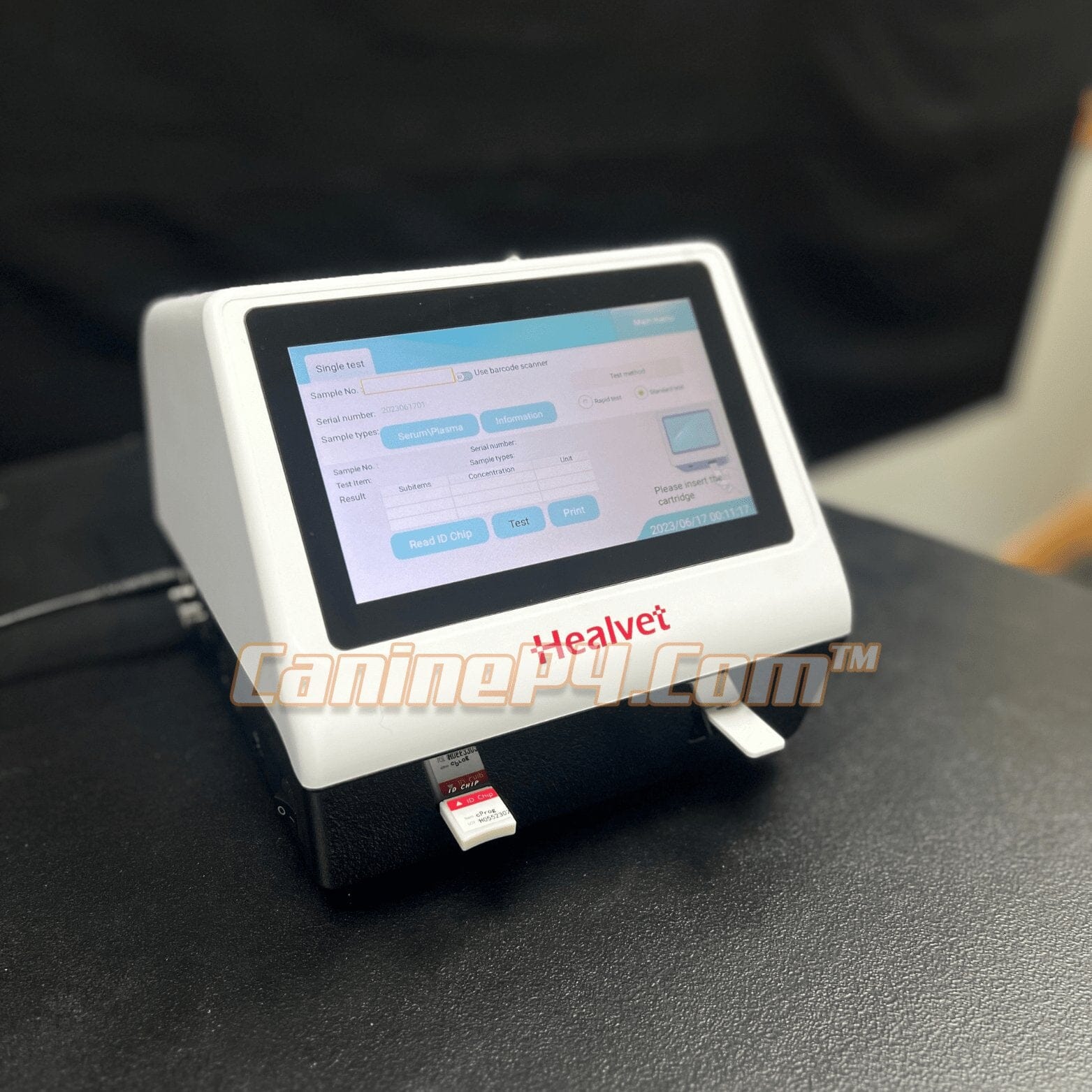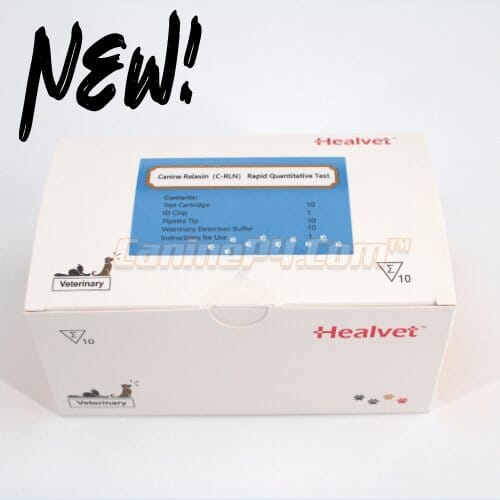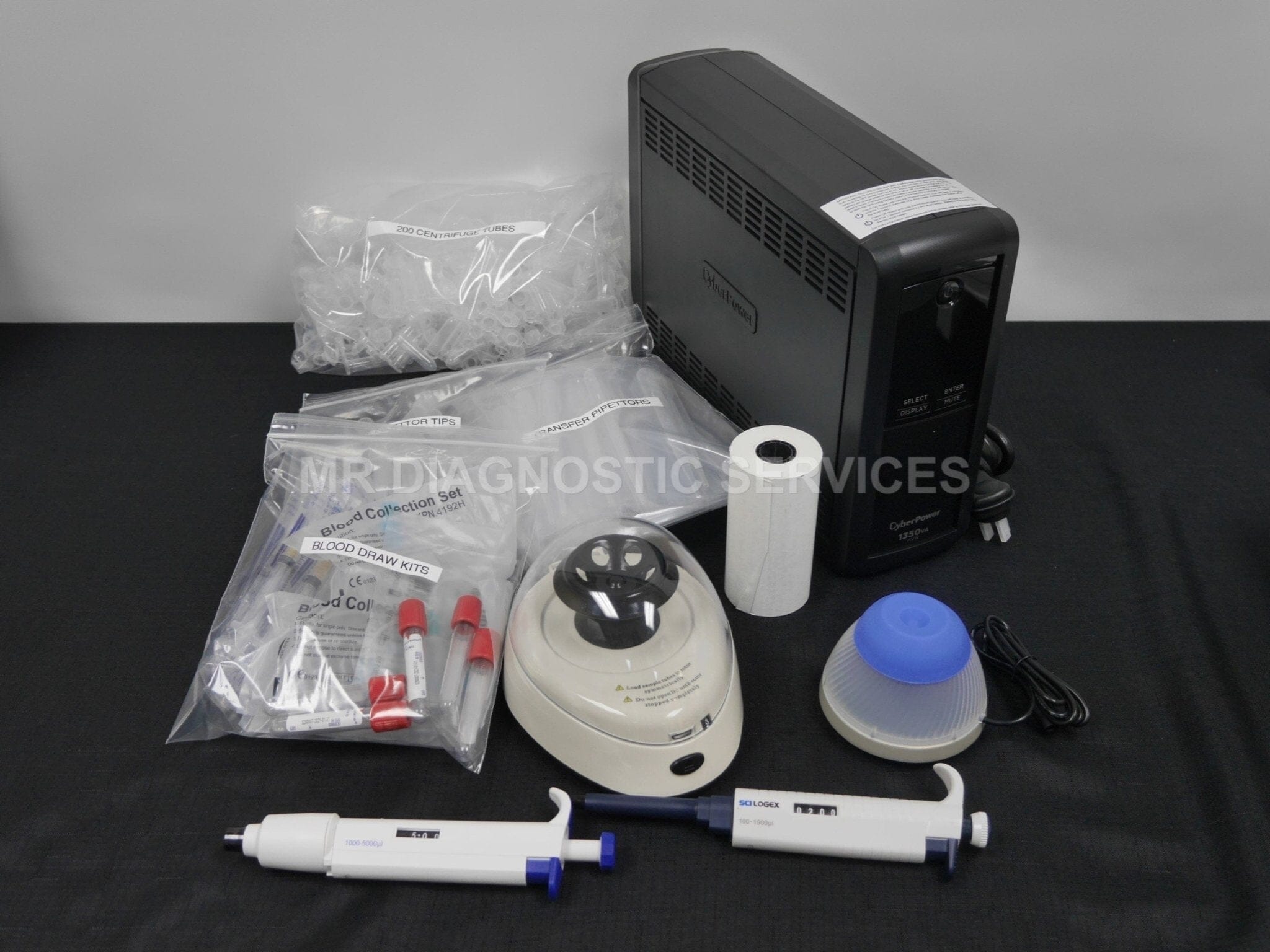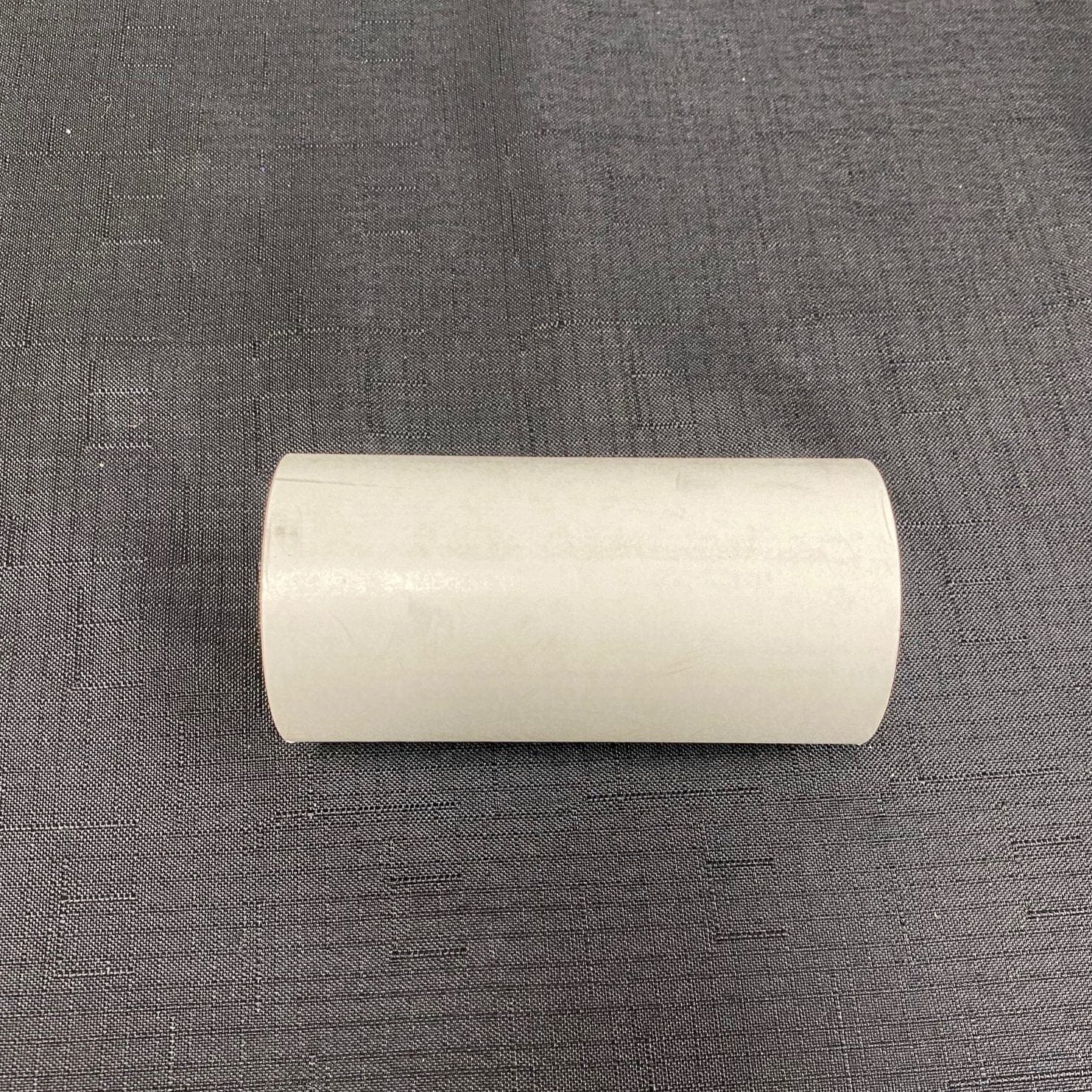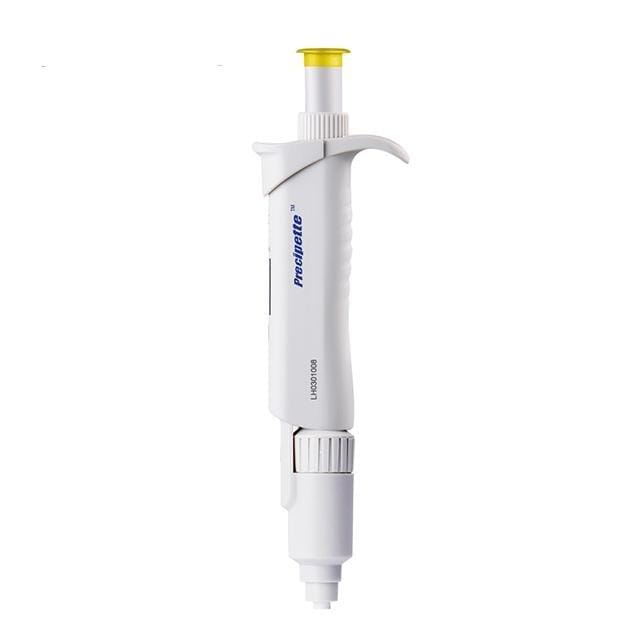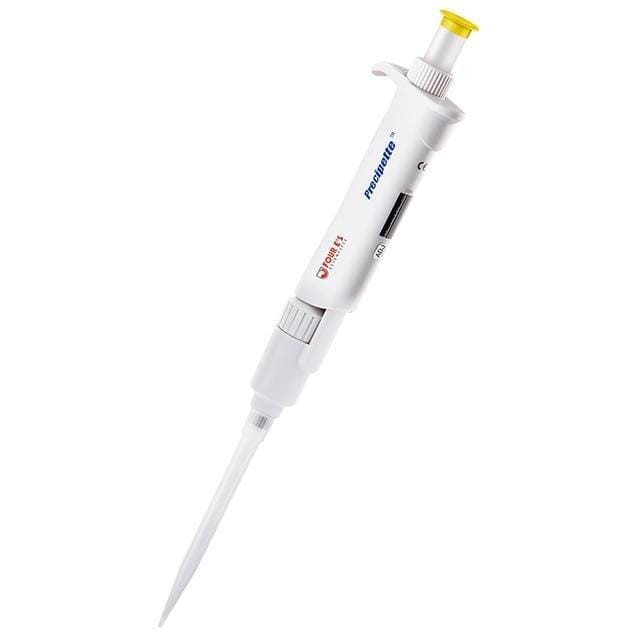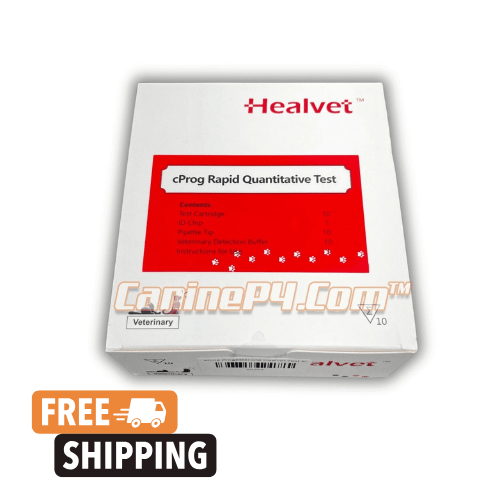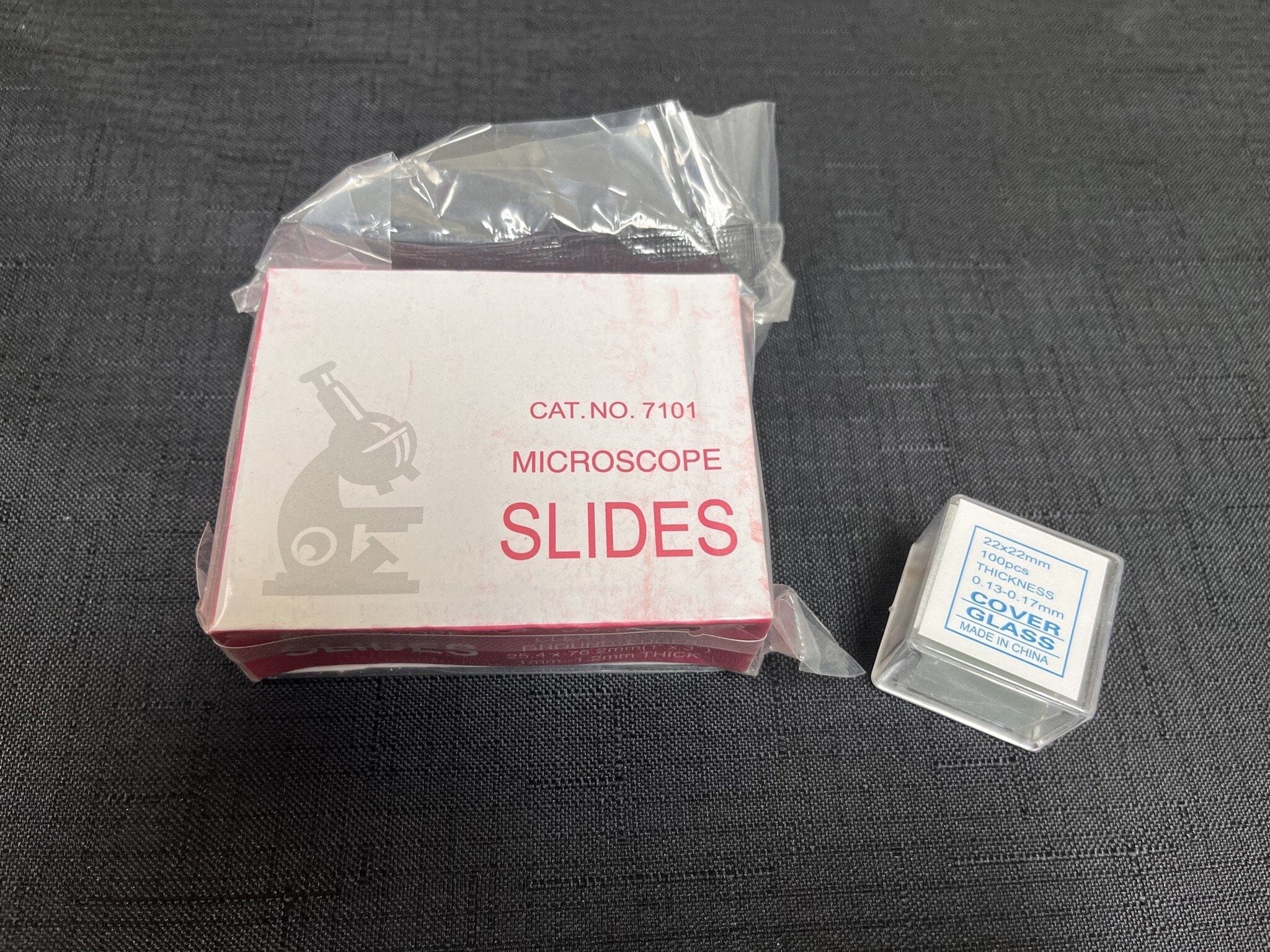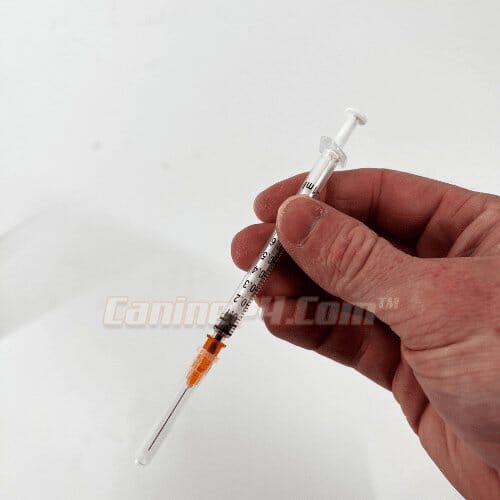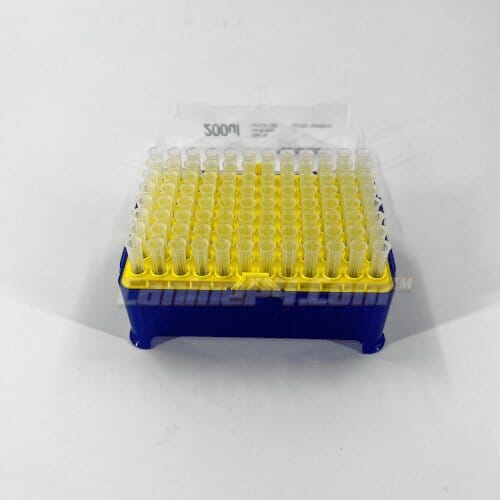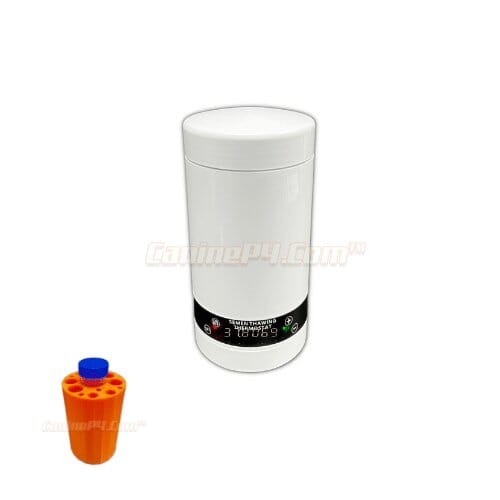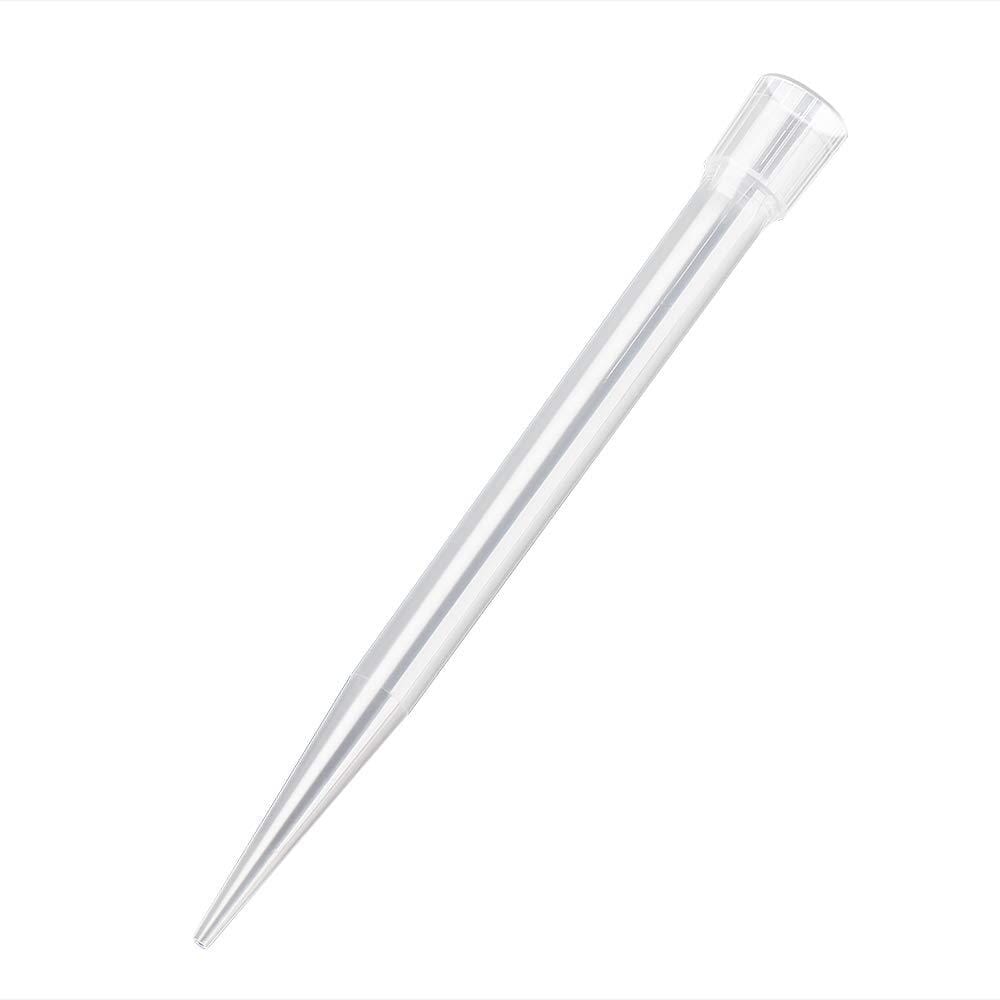Menu
Dog Ovulation Test: Understanding Signs and Timing For Testing
Dog Ovulation Test: Understanding Signs, Timing, and Testing Methods
If you're a dog owner or breeder planning to mate your female dog, a dog ovulation test is essential for pinpointing peak fertility and boosting breeding success. Knowing when to use a dog ovulation test can help identify the heat cycle's optimal window, leading to healthier litters. This guide covers how to recognize ovulation signs in dogs, with insights from trusted experts on dog ovulation tests like progesterone kits or cytology.
The Estrous Cycle and When to Use a Dog Ovulation Test
Before exploring a dog ovulation test, understand the estrous cycle, which lasts about 6 months and has four stages: proestrus, estrus, diestrus, and anestrus. A dog ovulation test is most useful during estrus, when ovulation occurs.
-
Proestrus: 7-10 days of vulva swelling and bloody discharge. A dog ovulation test here shows low progesterone—your dog attracts males but isn't receptive yet.
-
Estrus: 5-14 days; discharge lightens, and she's fertile. This is prime time for a dog ovulation test to confirm ovulation via rising progesterone (5-10 ng/mL).
-
Diestrus: 60 days post-estrus; if not pregnant, transitions to anestrus. Use a dog ovulation test if monitoring pregnancy.
-
Anestrus: Inactive phase; no dog ovulation test needed until next cycle.
Pro Tip: Start a dog ovulation test around day 5 of bleeding for accurate timing.
Signs of Ovulation: When to Perform a Dog Ovulation Test
Spot these cues to know when a dog ovulation test is needed—combine with testing for precision.
-
Behavioral Changes: Increased affection, playfulness, or mounting signals estrus. A dog ovulation test confirms if she's ovulating.
-
Physical Changes: Vulva swelling peaks, discharge turns clear. Run a dog ovulation test to verify hormonal shifts.
-
Vaginal Cytology: Examine cells under a microscope—proestrus shows red blood cells; estrus has cornified cells. This simple dog ovulation test method indicates fertility.
-
Hormonal Testing: The most reliable dog ovulation test measures progesterone levels spike pre-ovulation. Kits like those from CanineP4 make at-home dog ovulation testing easy.
-
Temperature Tracking: A slight drop followed by rise signals ovulation—pair with a dog ovulation test for confirmation.
Conclusion: Maximize Breeding Success with a Dog Ovulation Test
A dog ovulation test is key to informed breeding—observe signs, test timely, and consult vets for breed-specific advice. For more, explore these resources:
Happy breeding—use a dog ovulation test for the best results!
Top 3 Questions About Dog Ovulation Test
1. When should I use a dog ovulation test? Start a dog ovulation test around day 5 of bleeding (proestrus), repeating every 2-3 days until estrus, when progesterone rises to confirm ovulation.
2. What are the signs a dog ovulation test is needed? Look for vulva swelling, lighter discharge, and behavioral changes like affection or mounting—these indicate estrus, when a dog ovulation test is most effective.
3. How accurate is a dog ovulation test?A dog ovulation test like progesterone kits is highly accurate for timing, especially when combined with cytology or temperature tracking, per expert resources.
Professional Dog Ovulation Testing! Mini Vidas Refurbished Analyzers with Warranty and On Going Support!
Looking for dog breeding supplies? Check out our ever-growing array of products Here
Breeders Tech Center In Neenah Wisconsin. Home for CanineP4! It's Where It All Happens!
844-673-7378 Call For Appointment.
- Choosing a selection results in a full page refresh.

